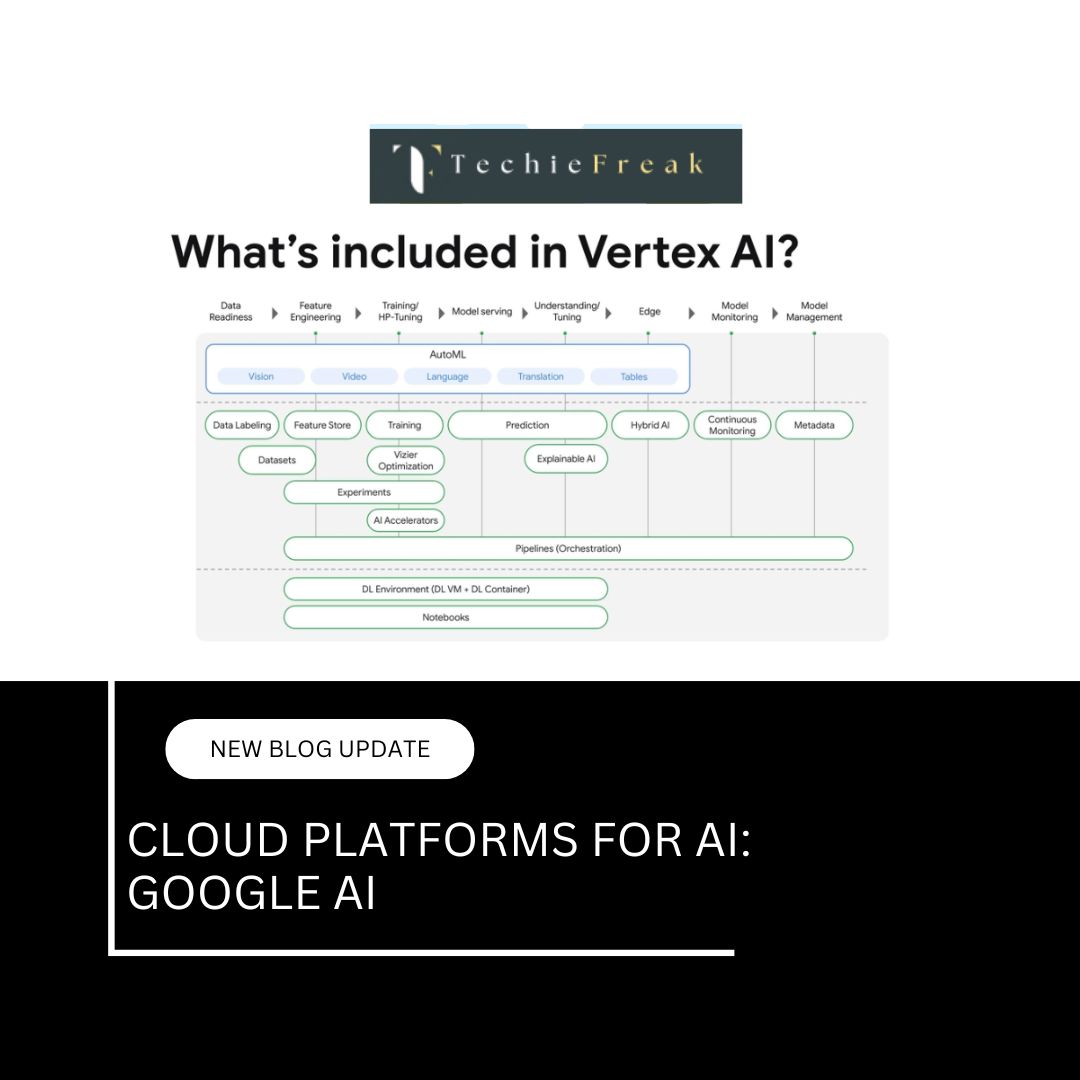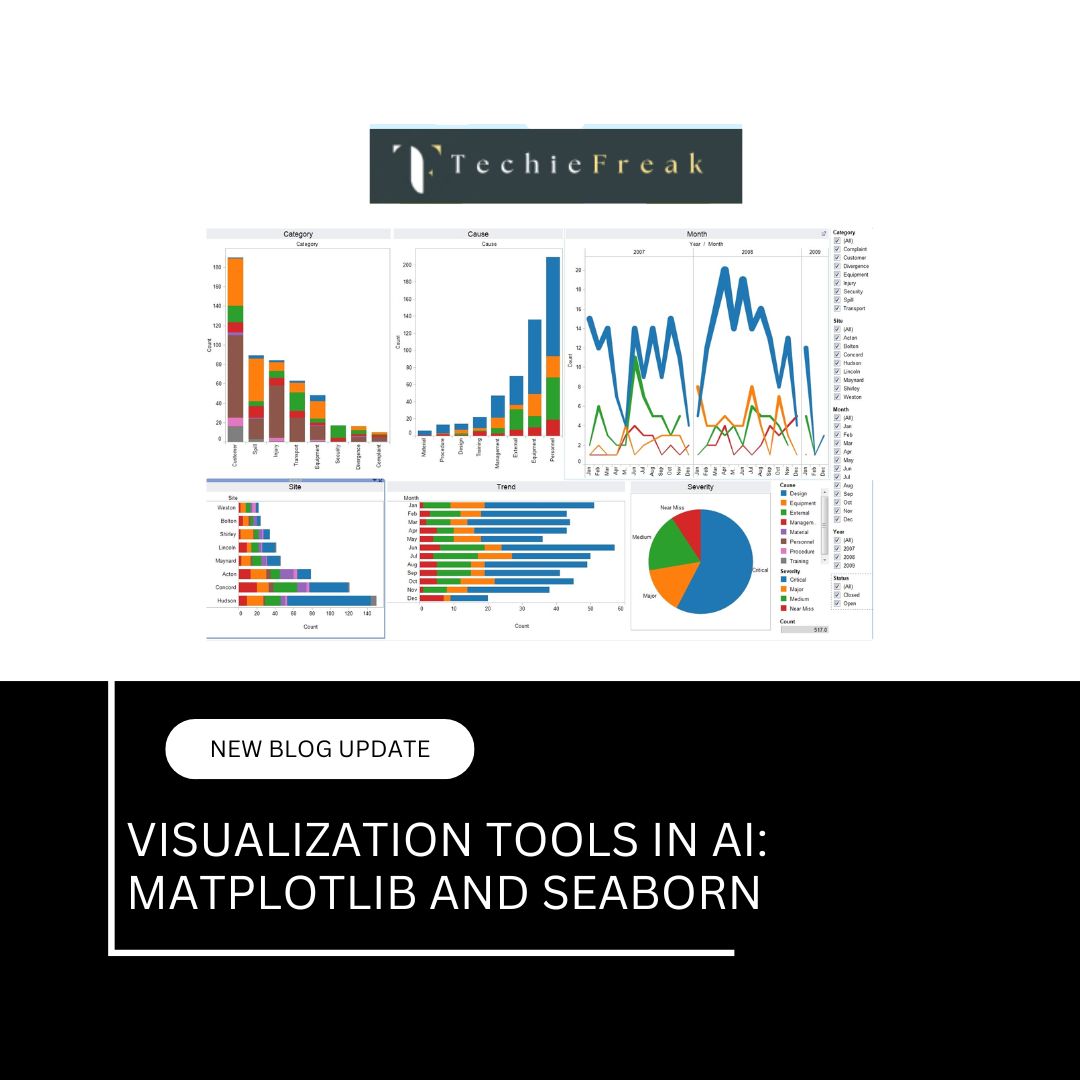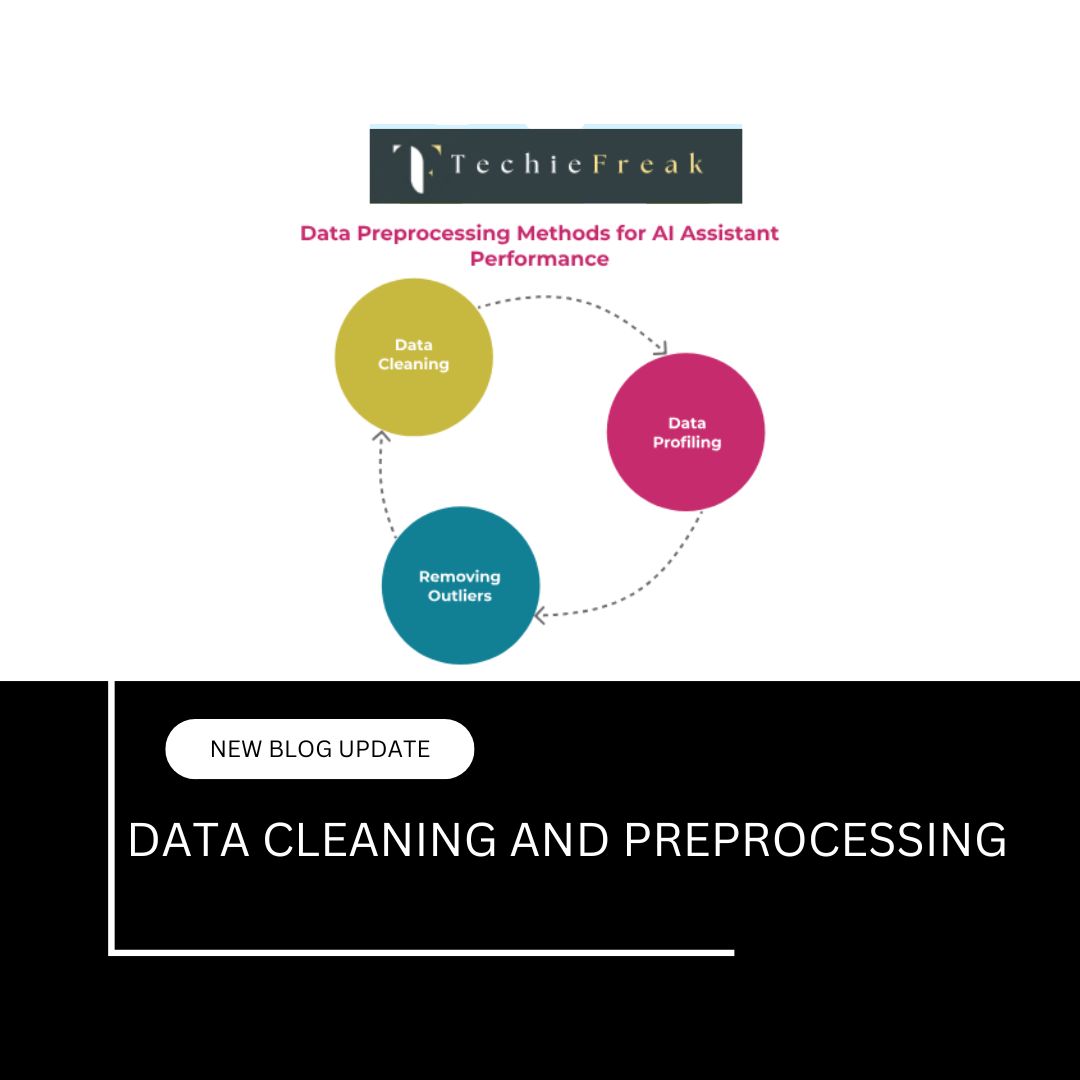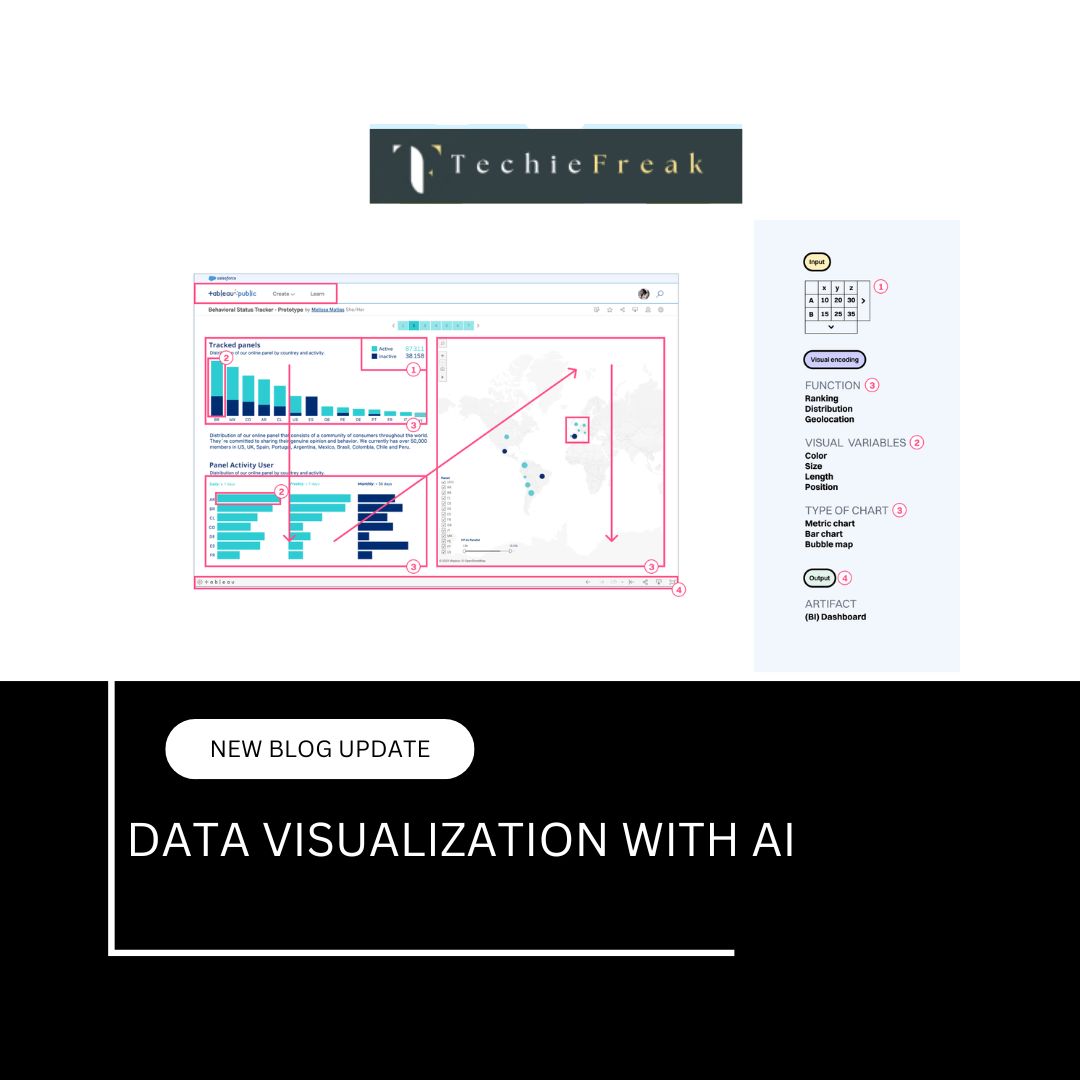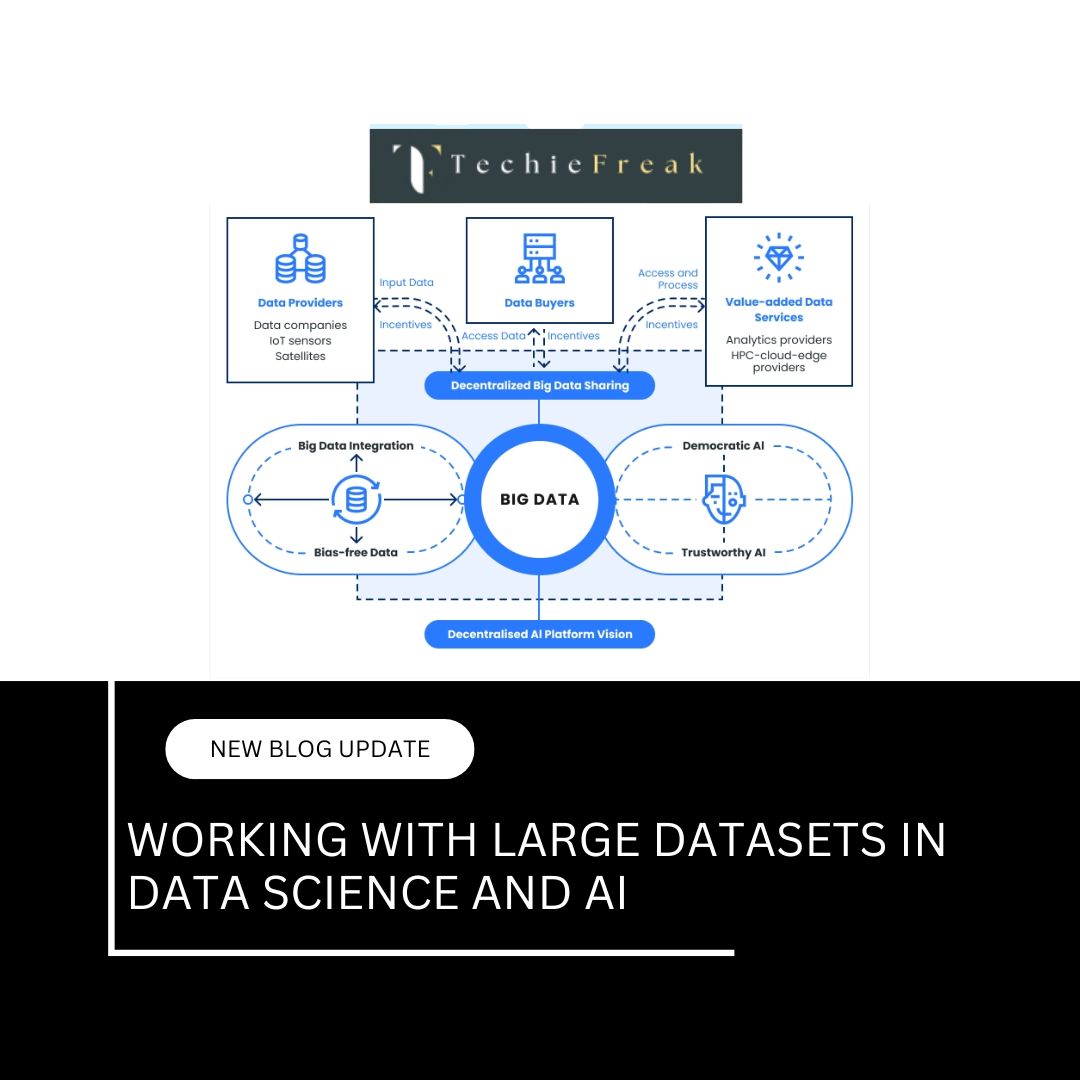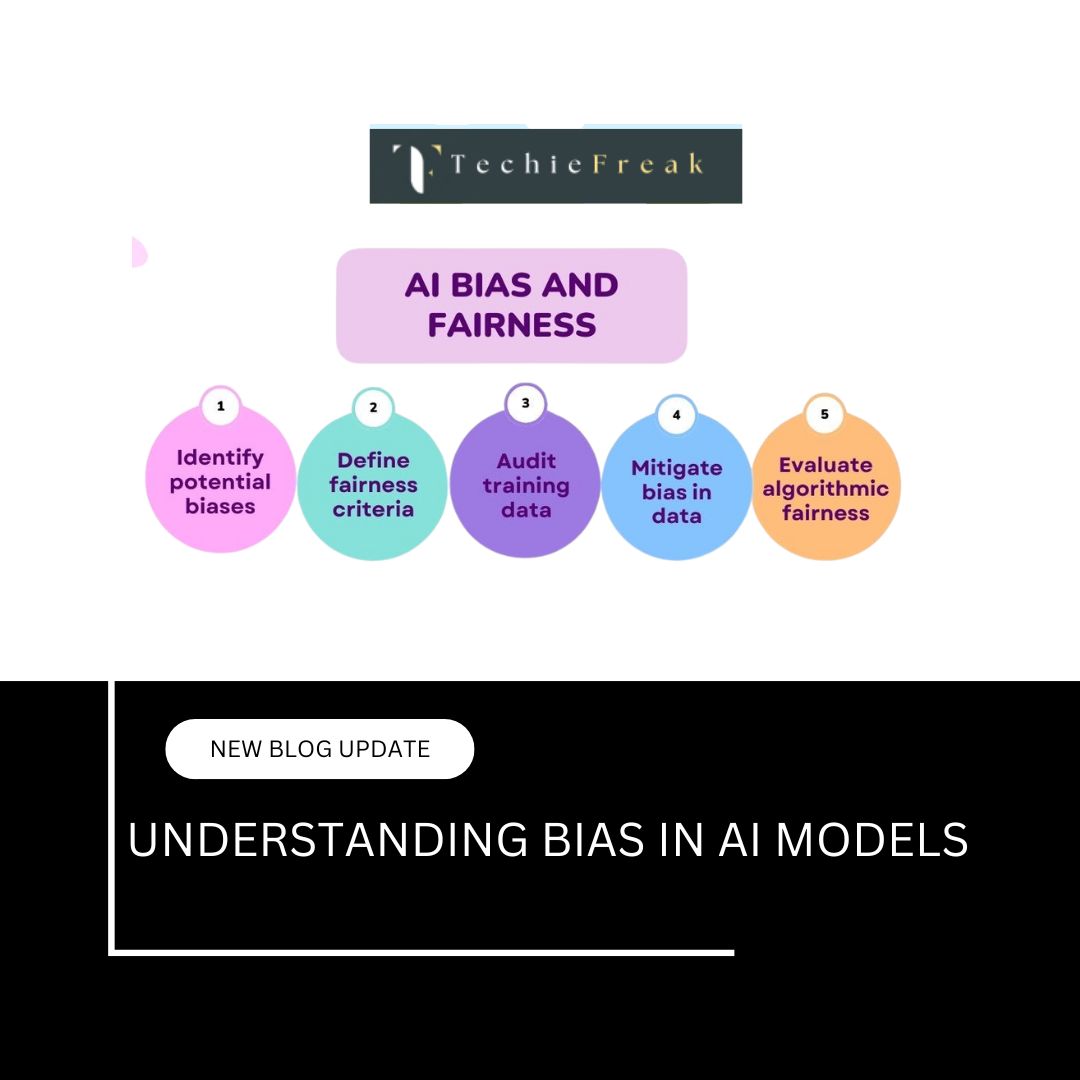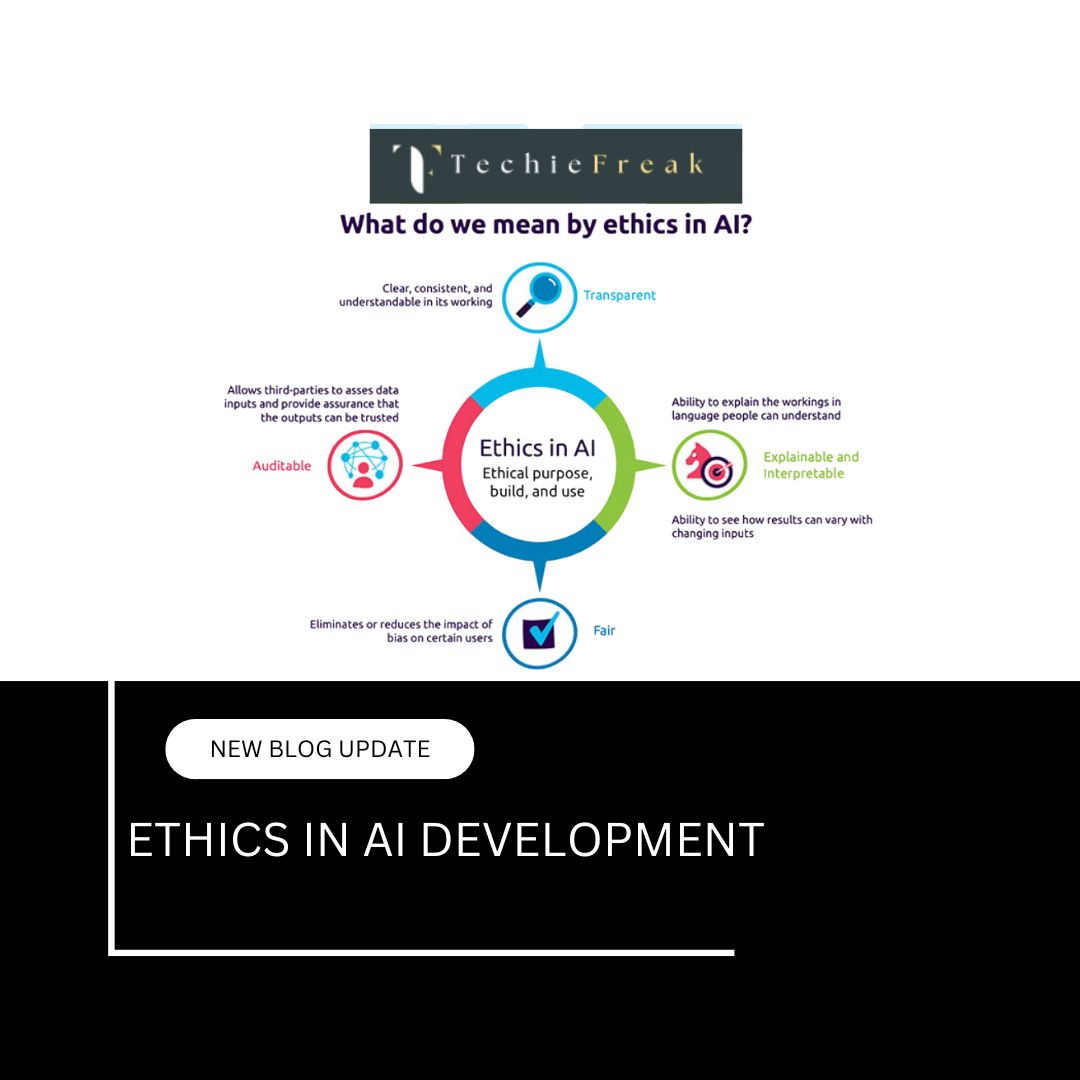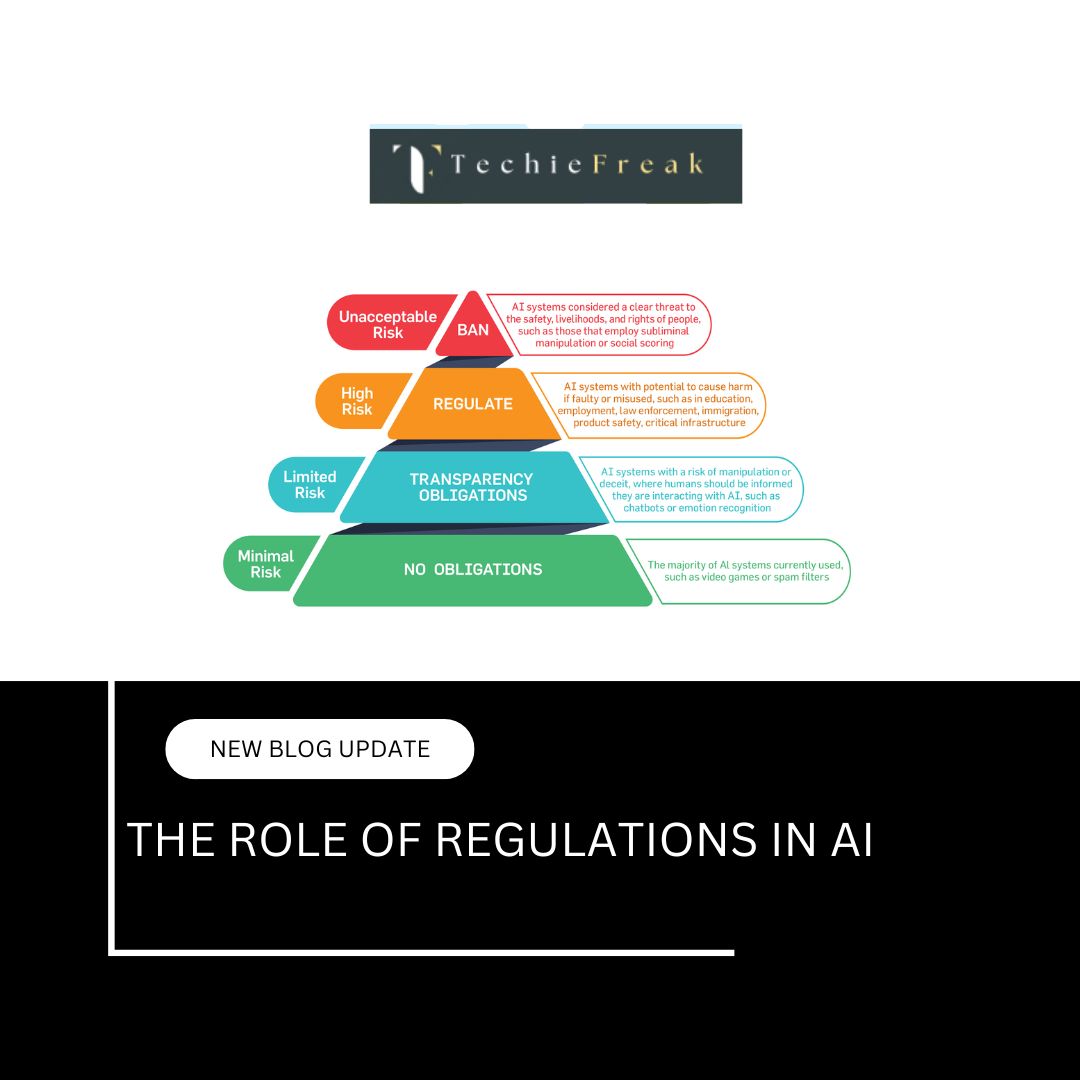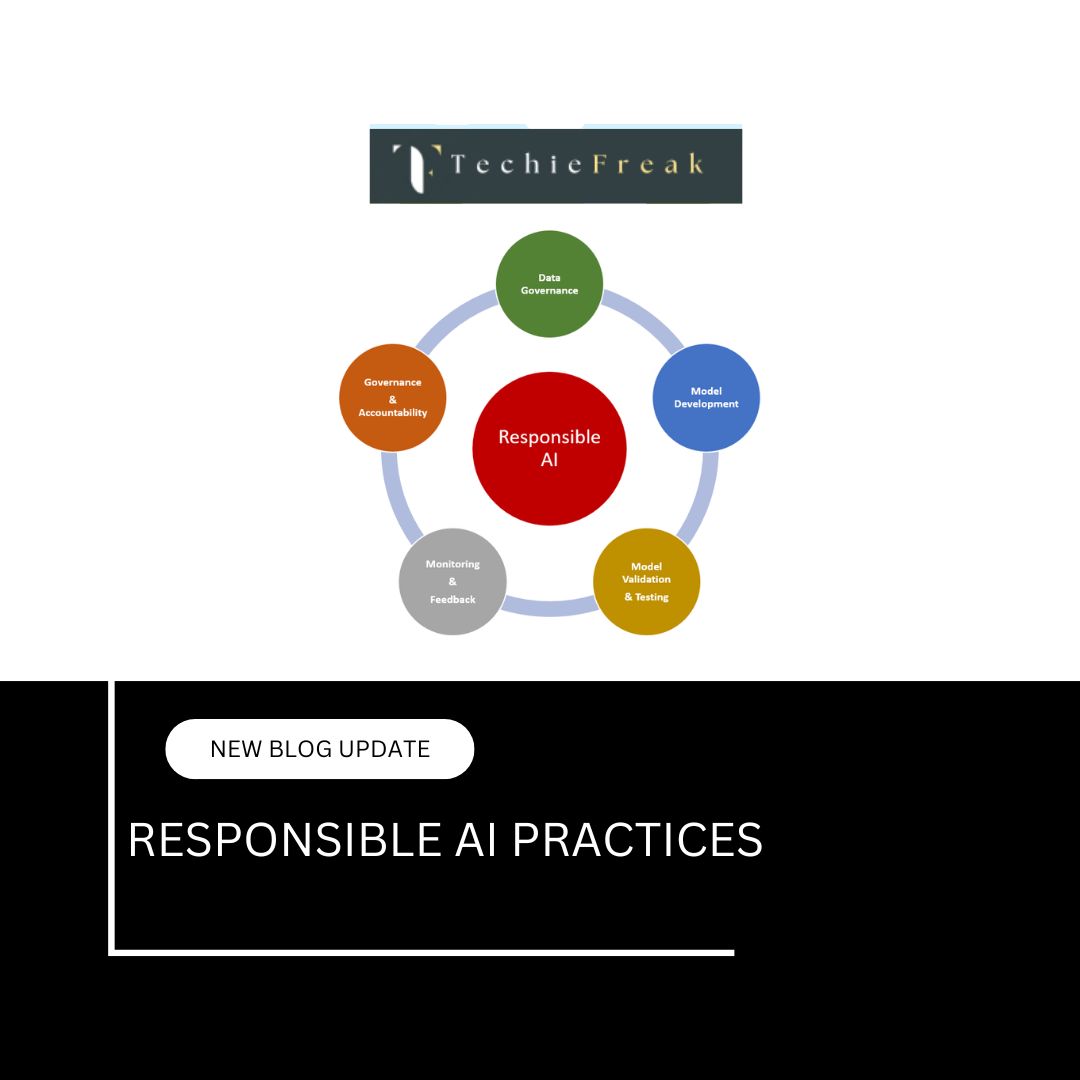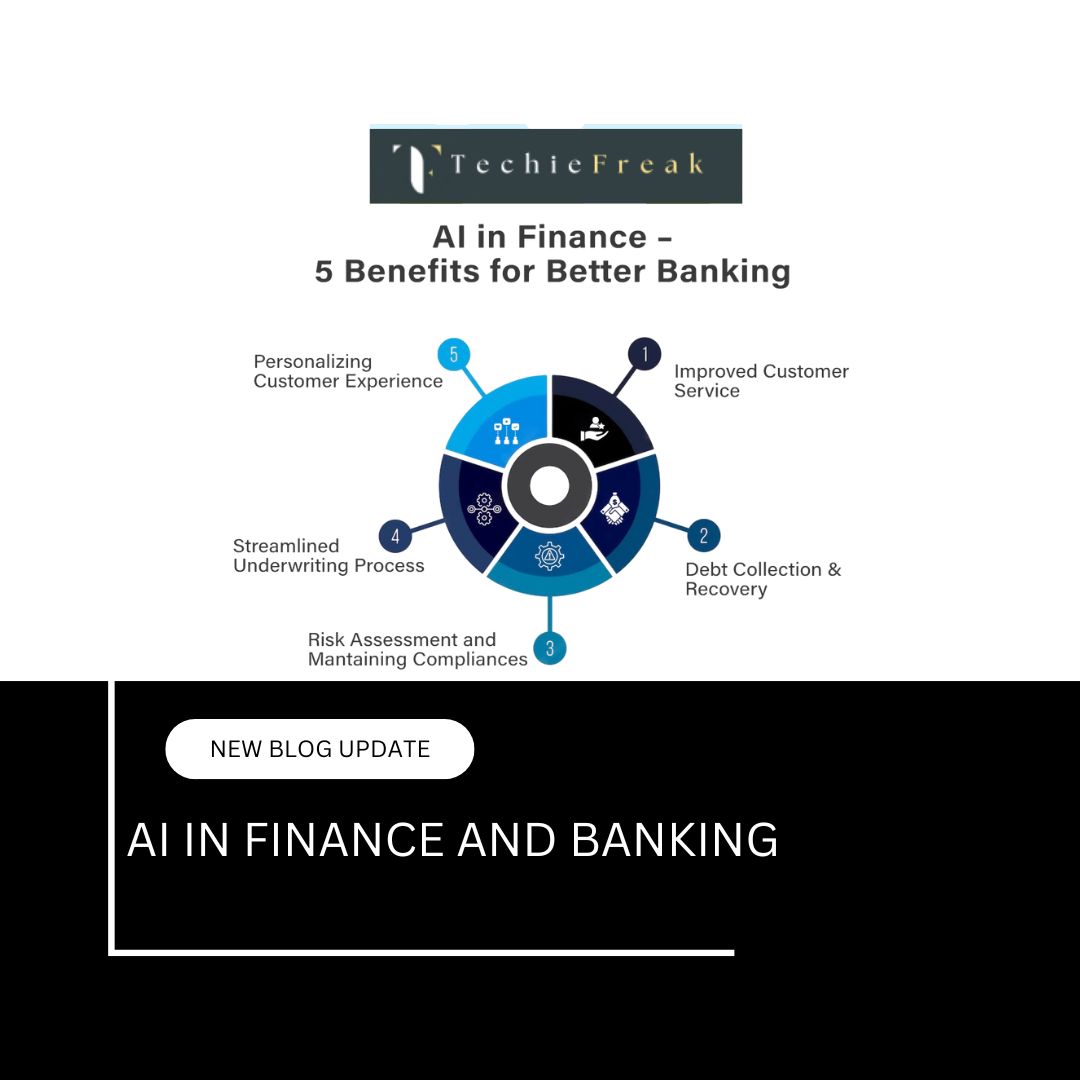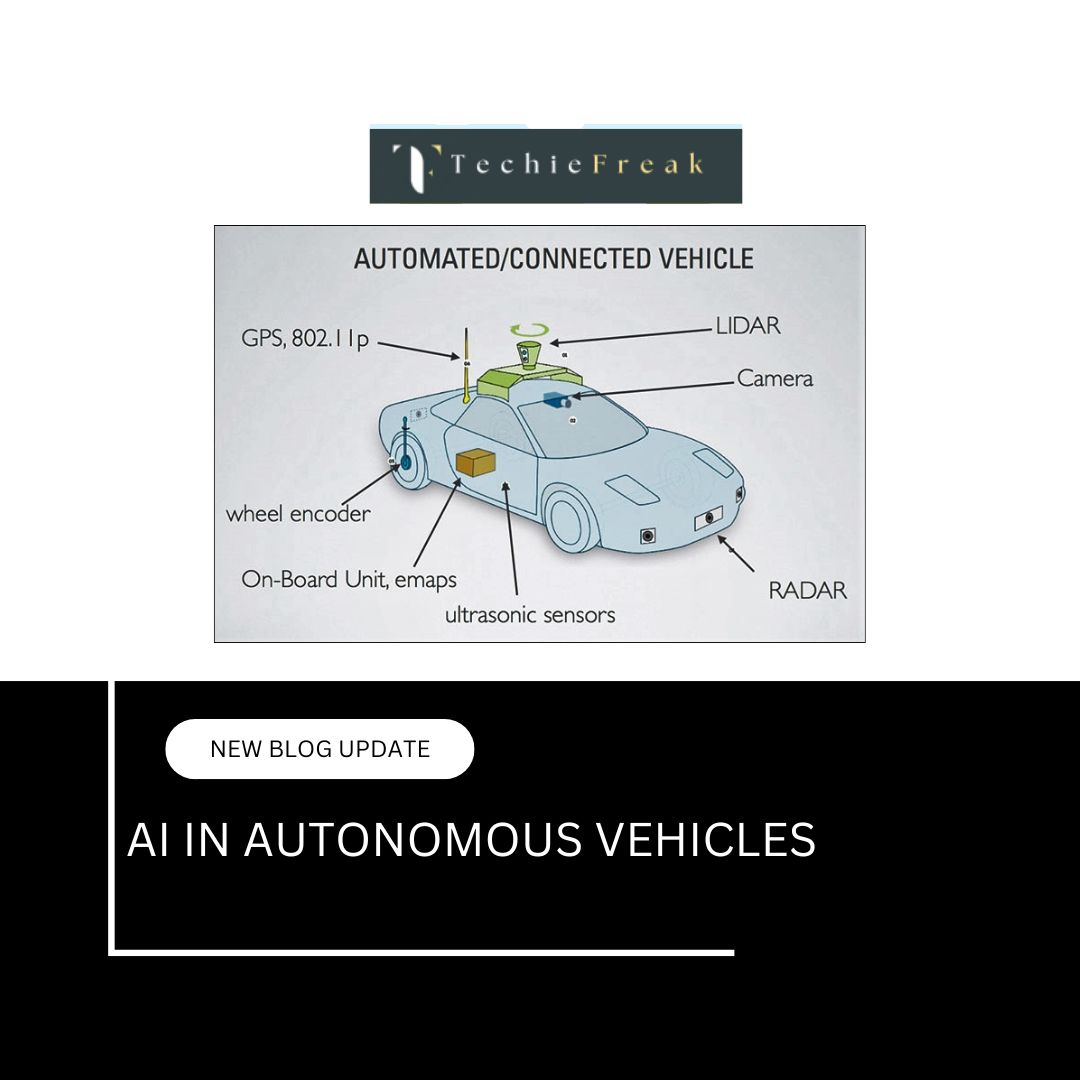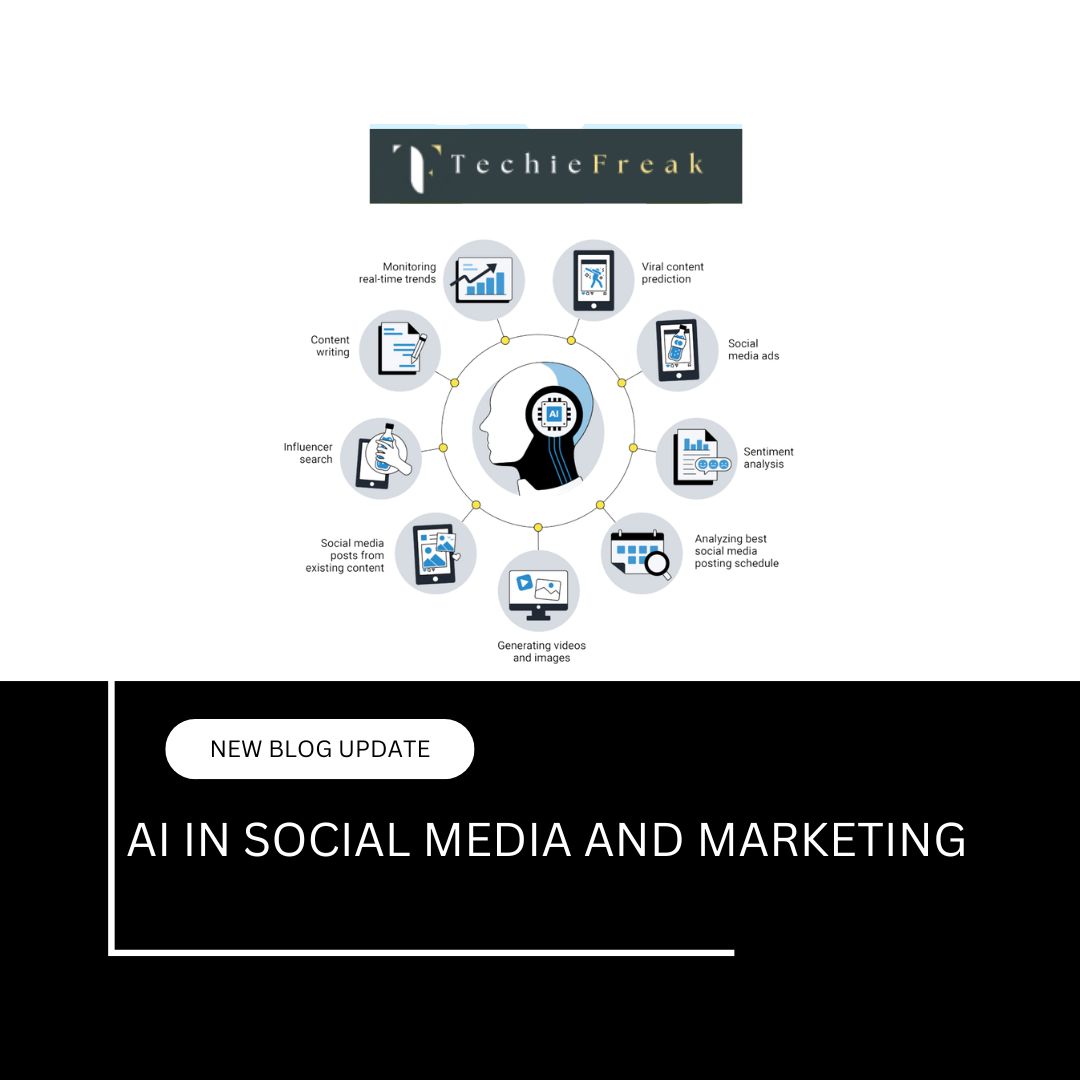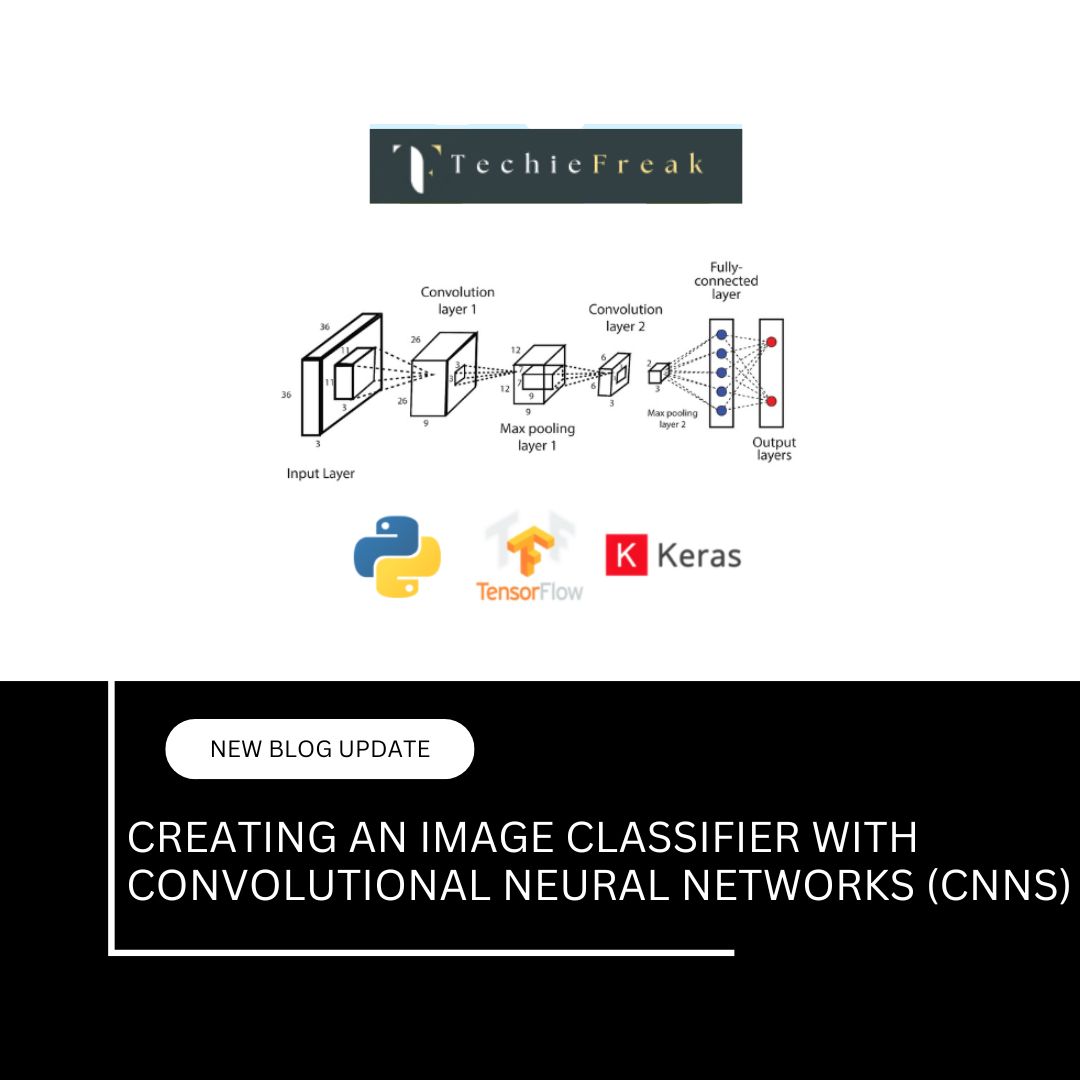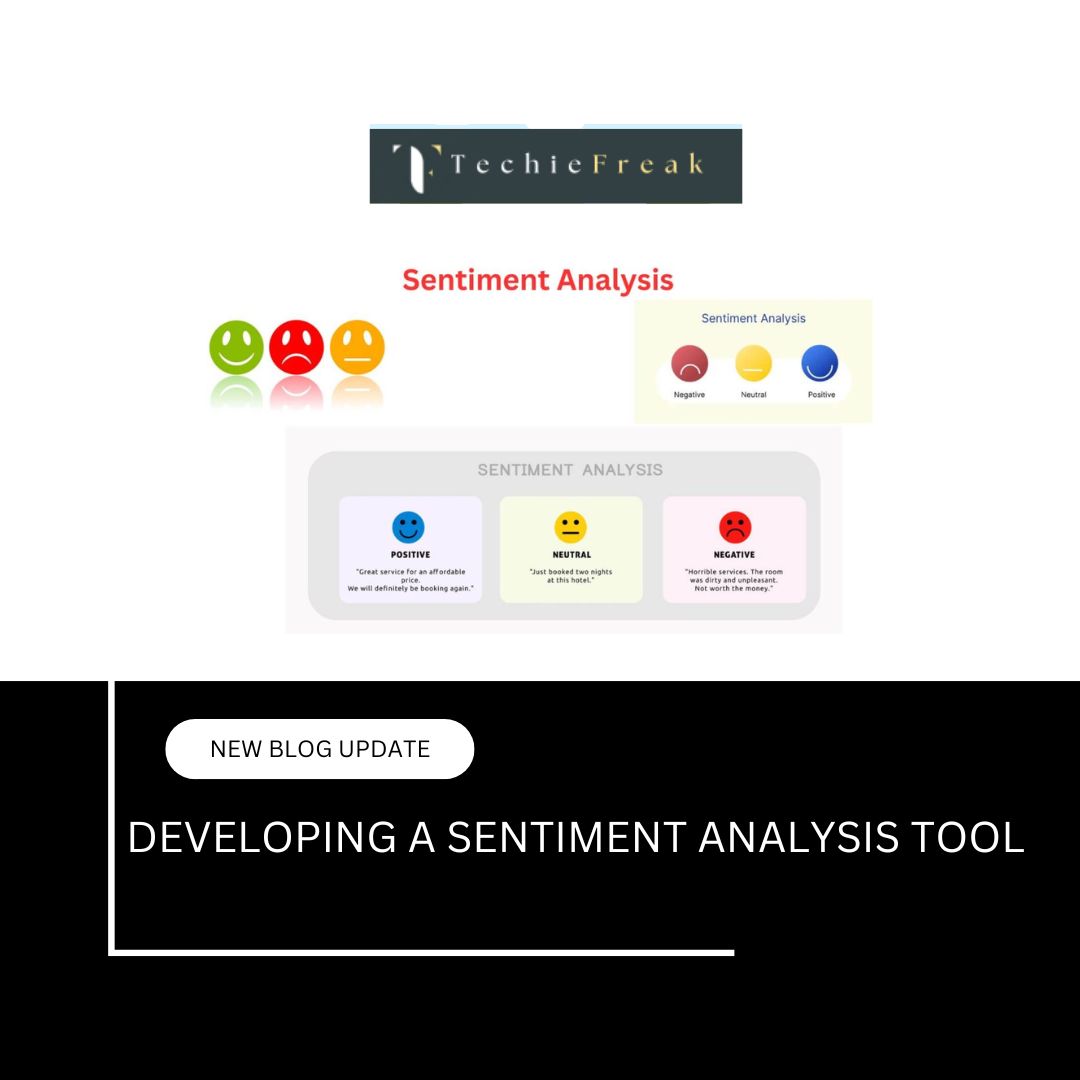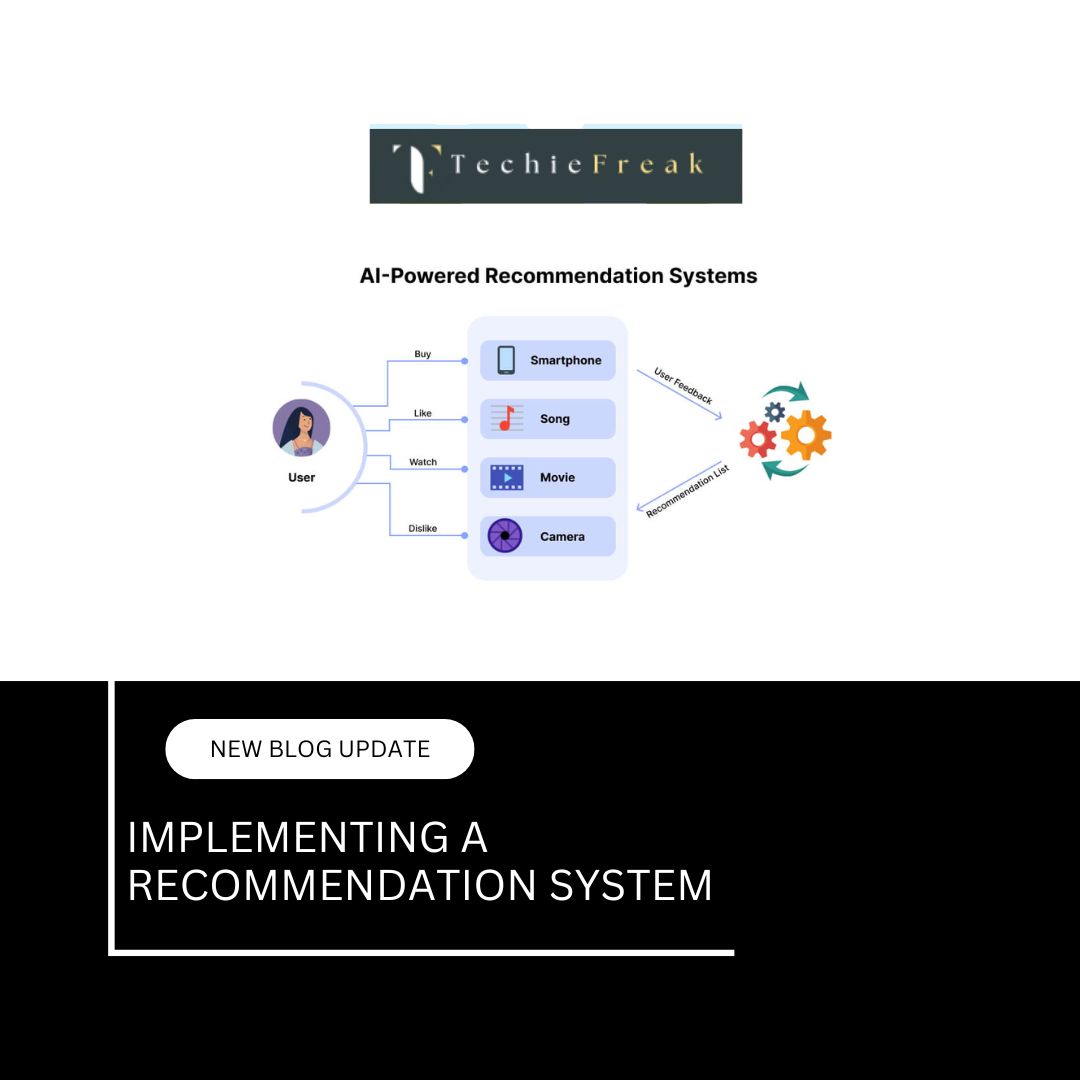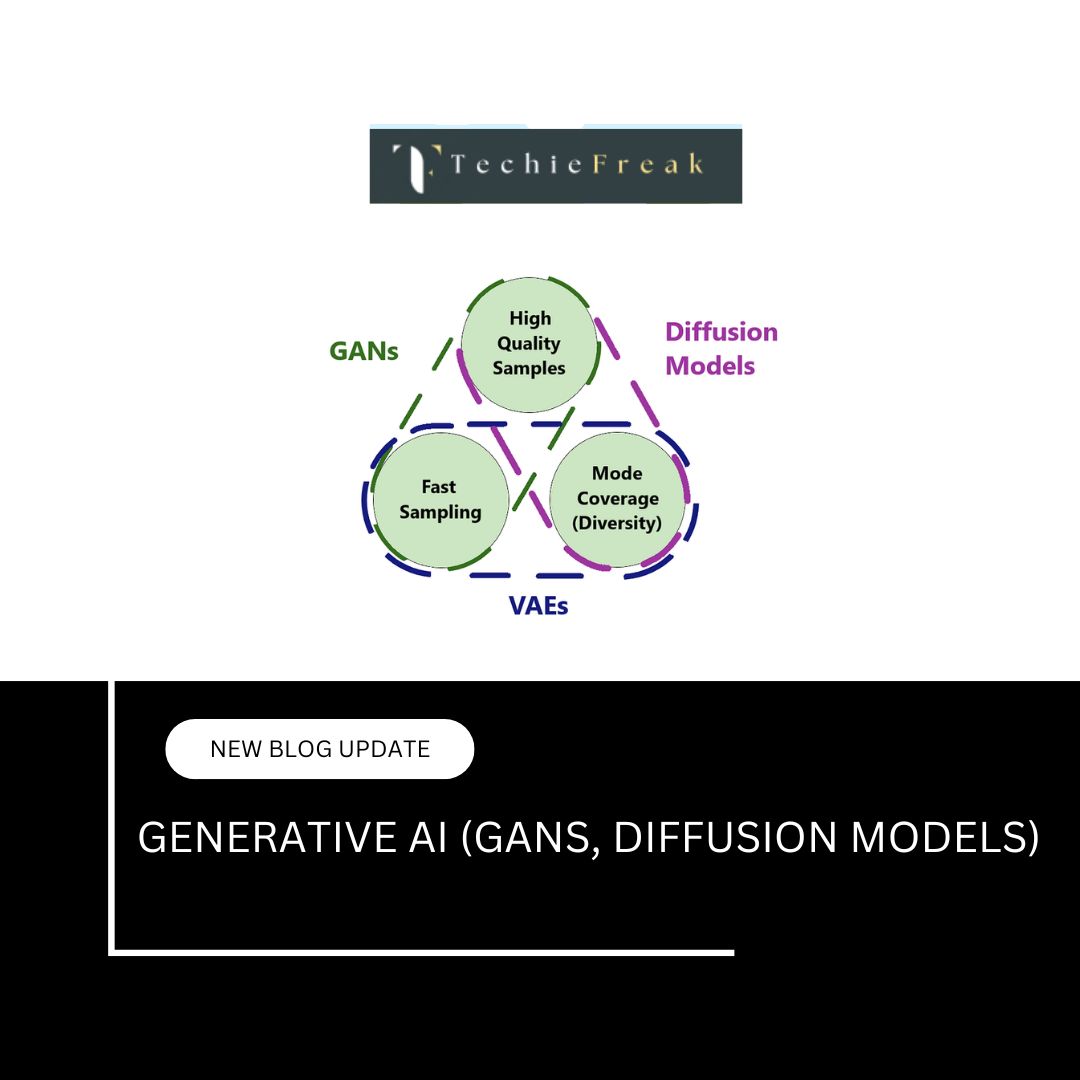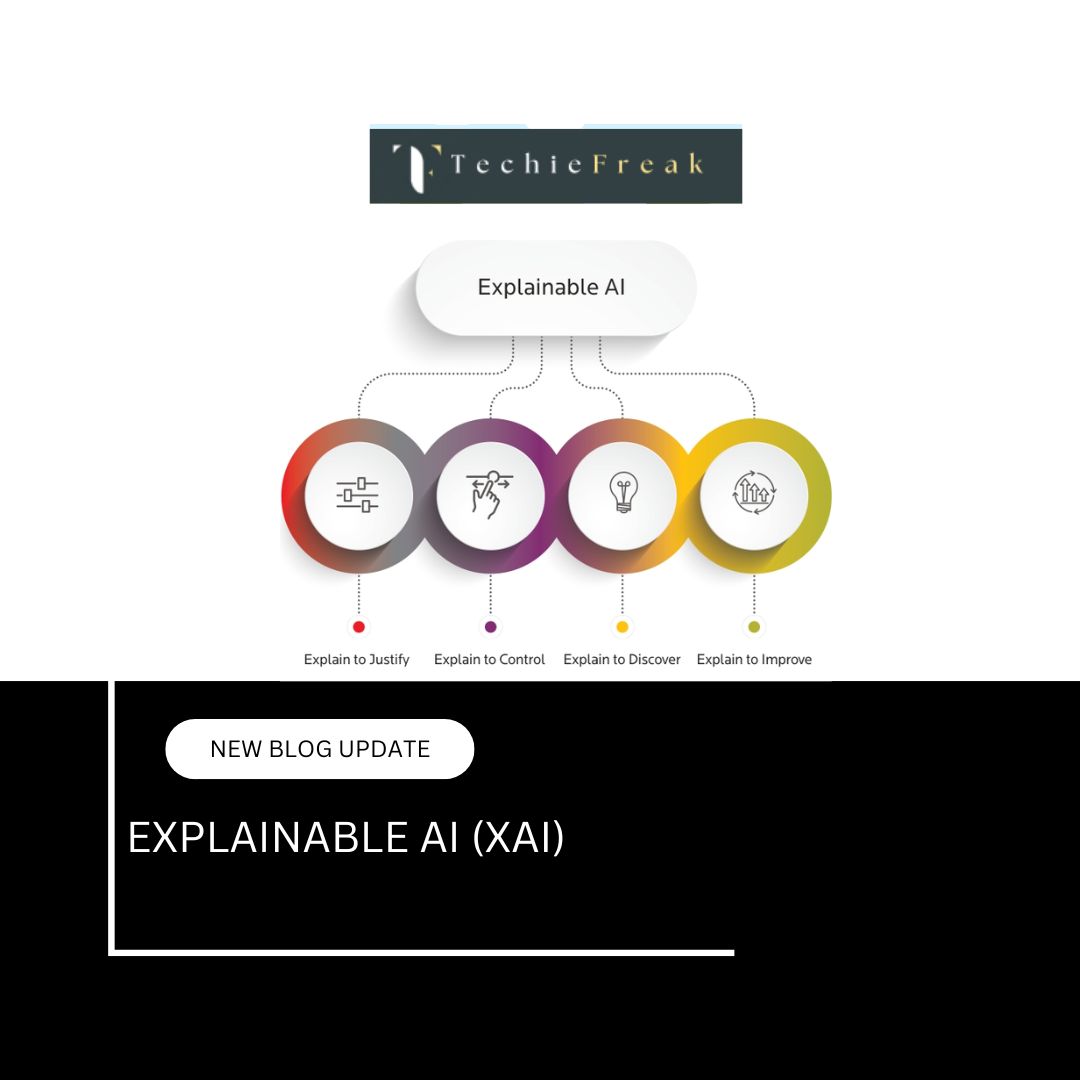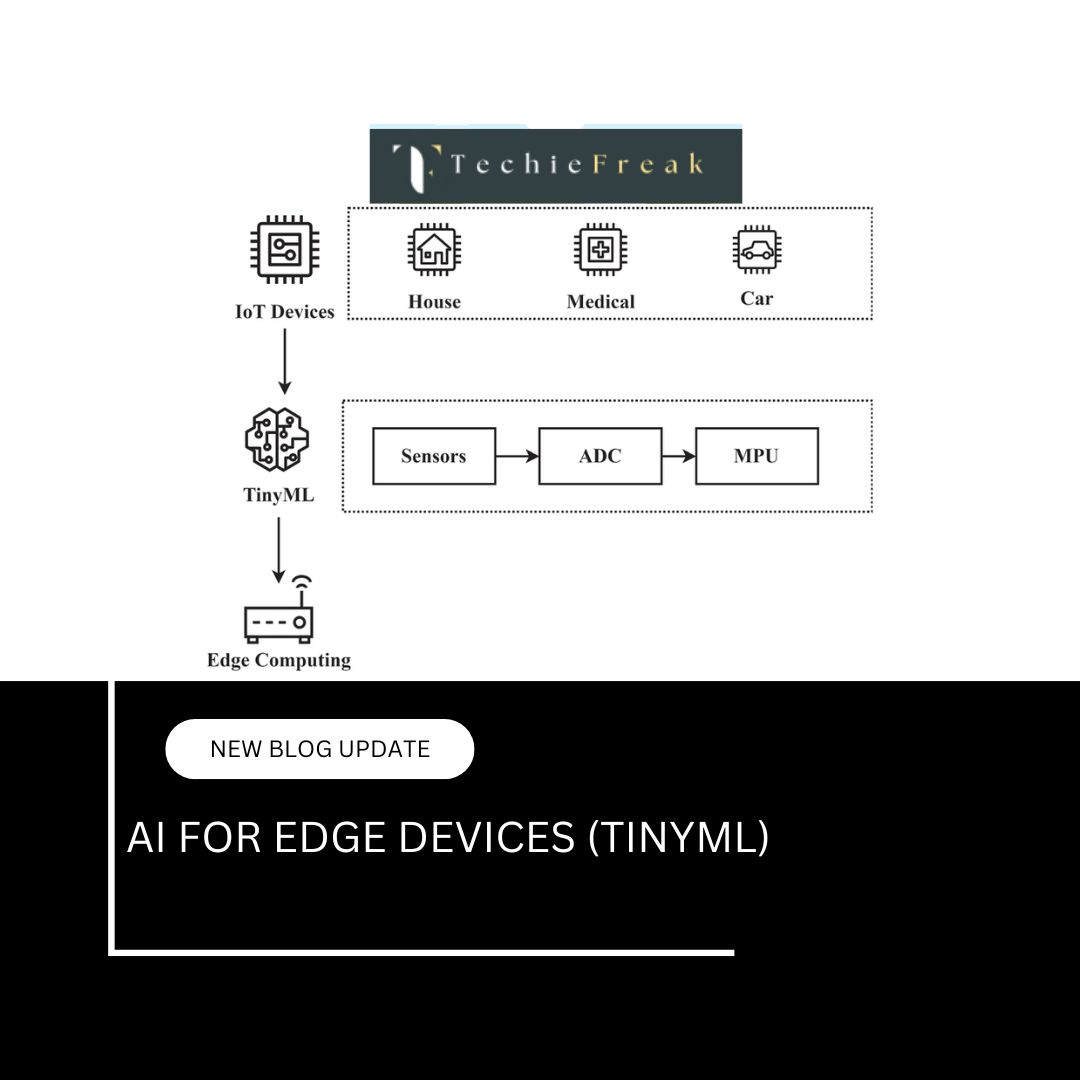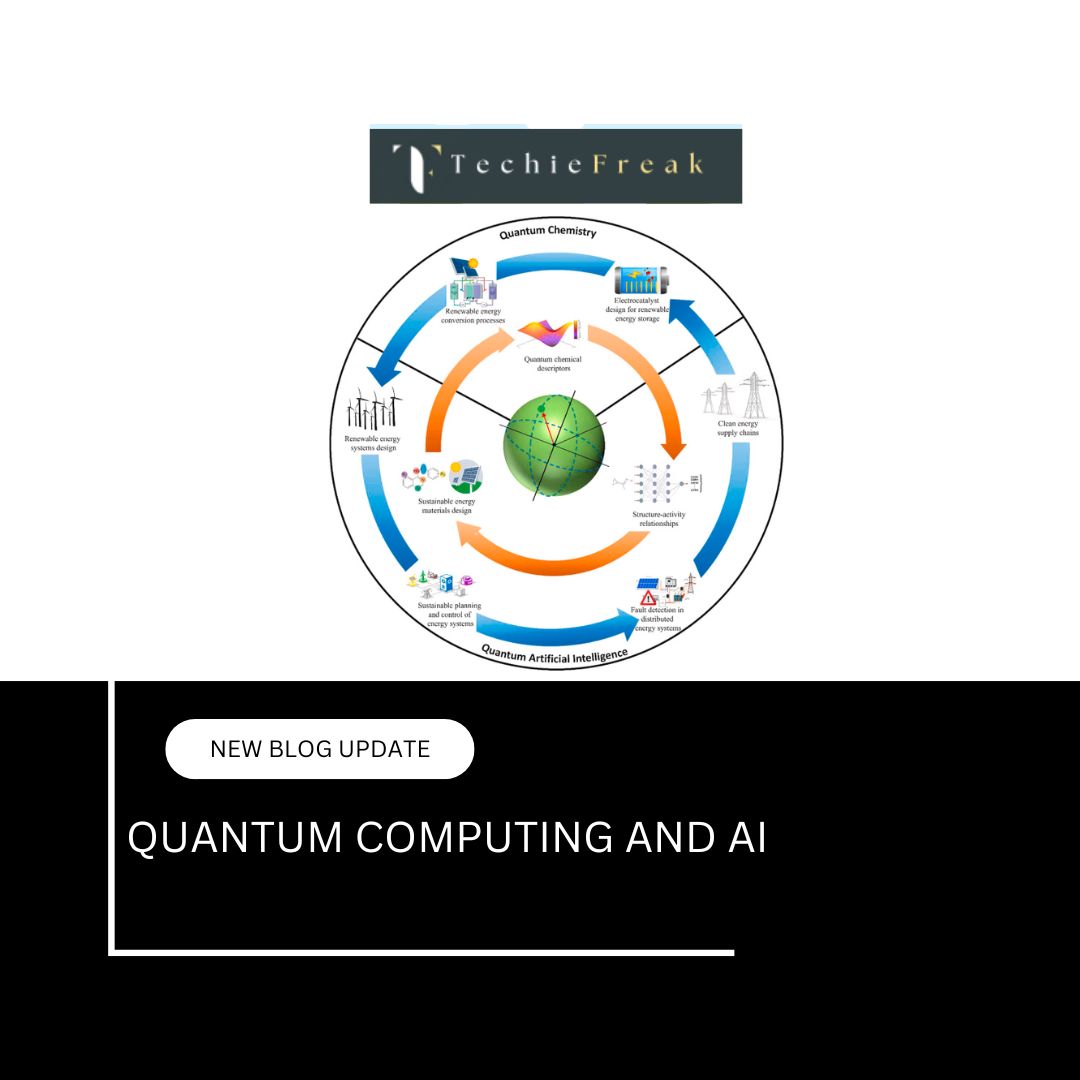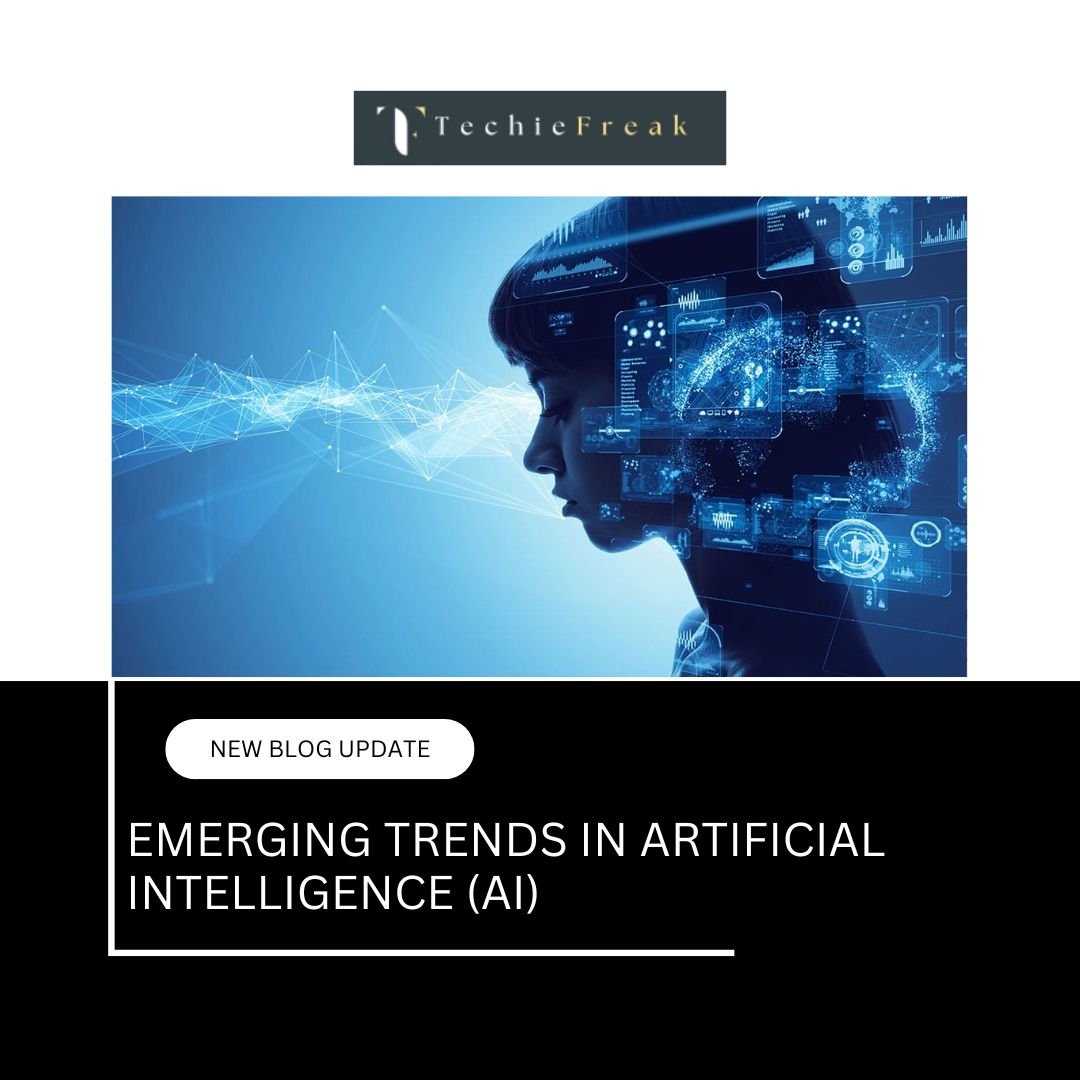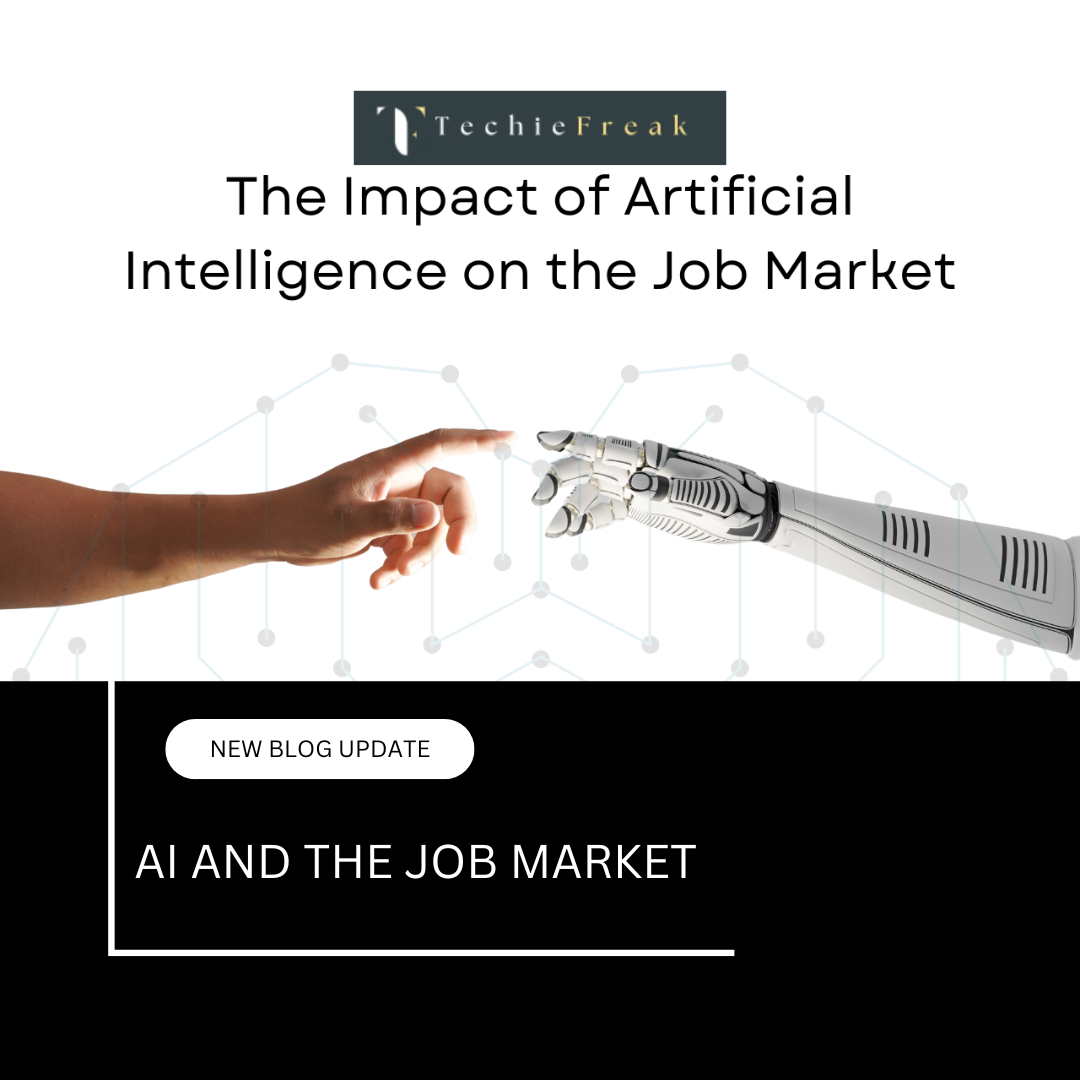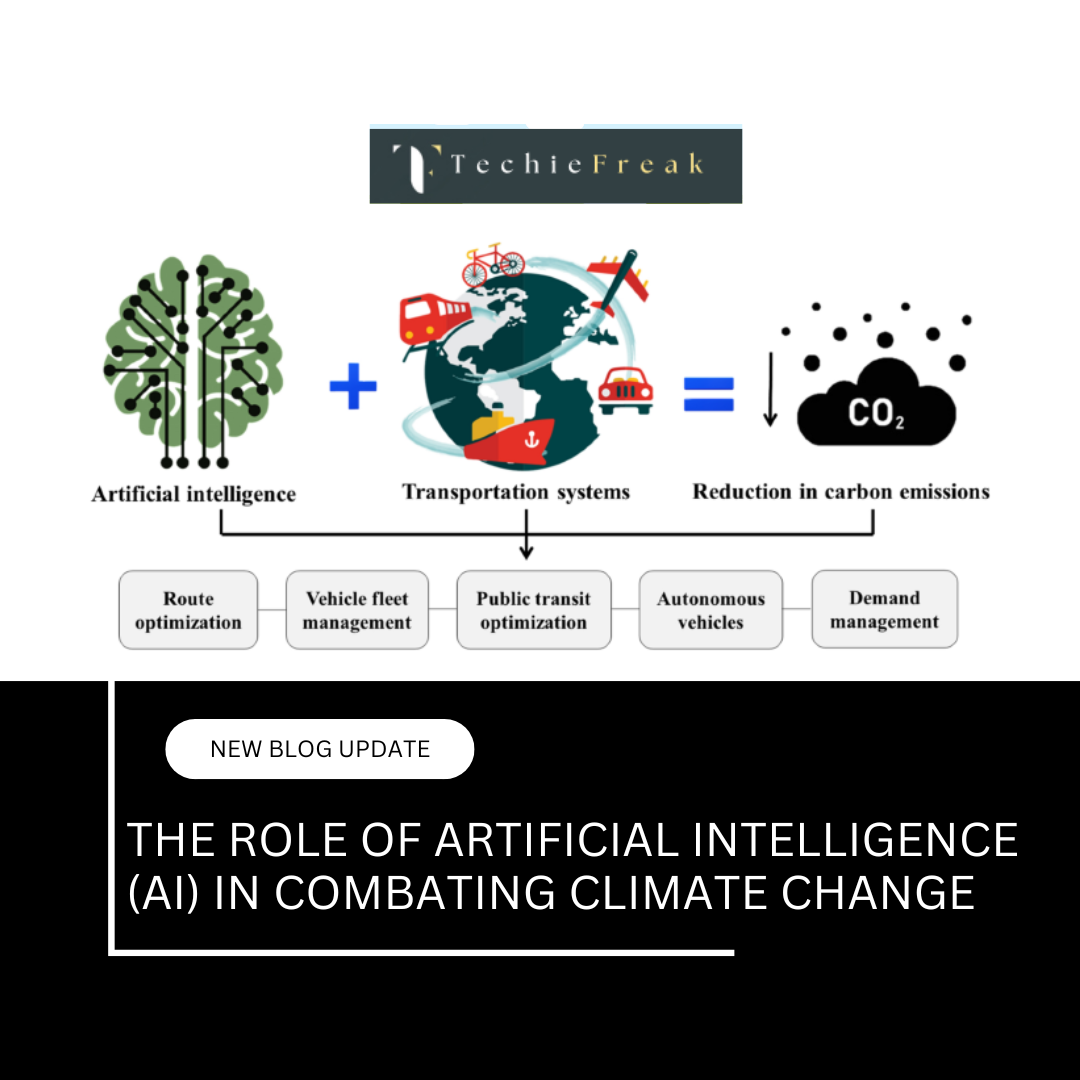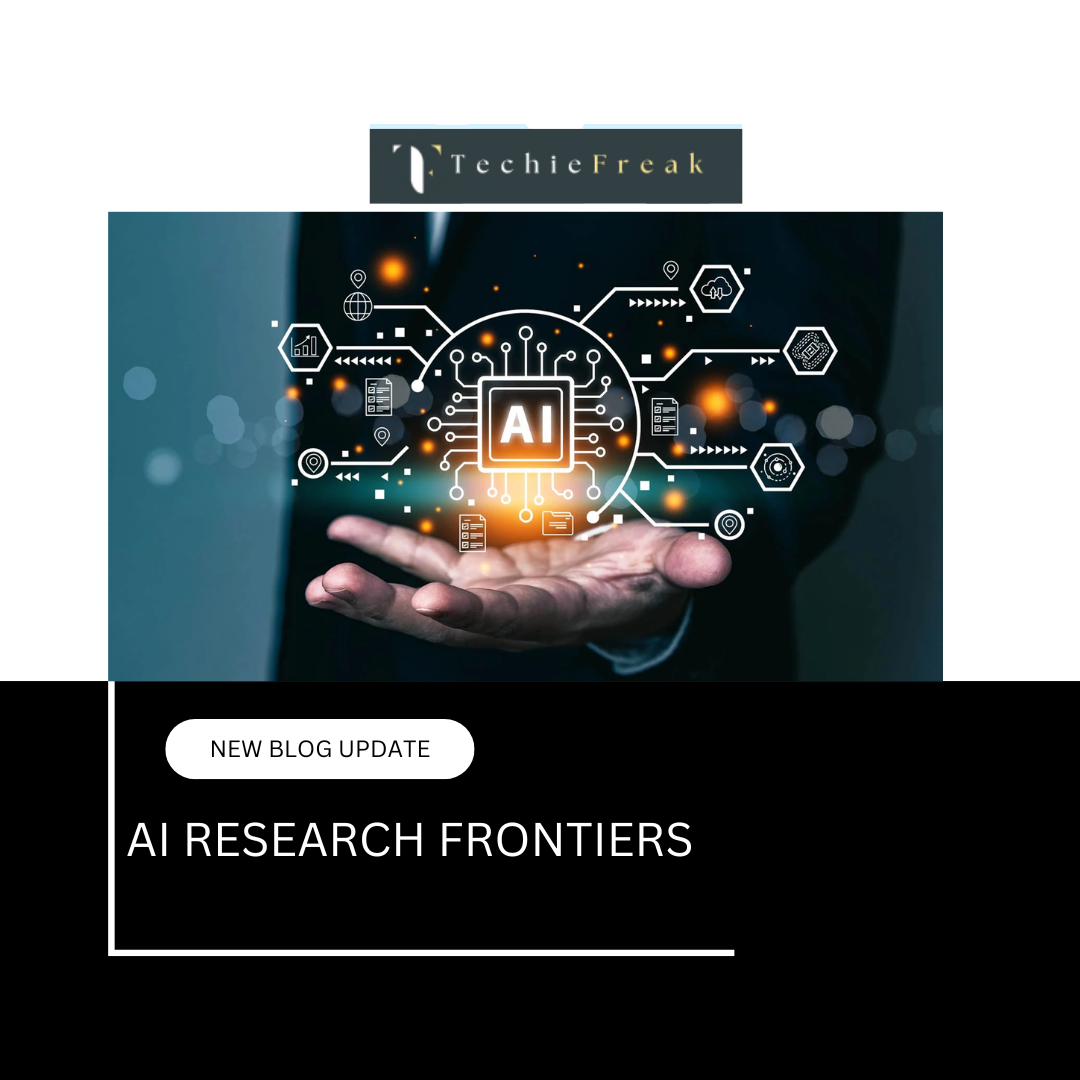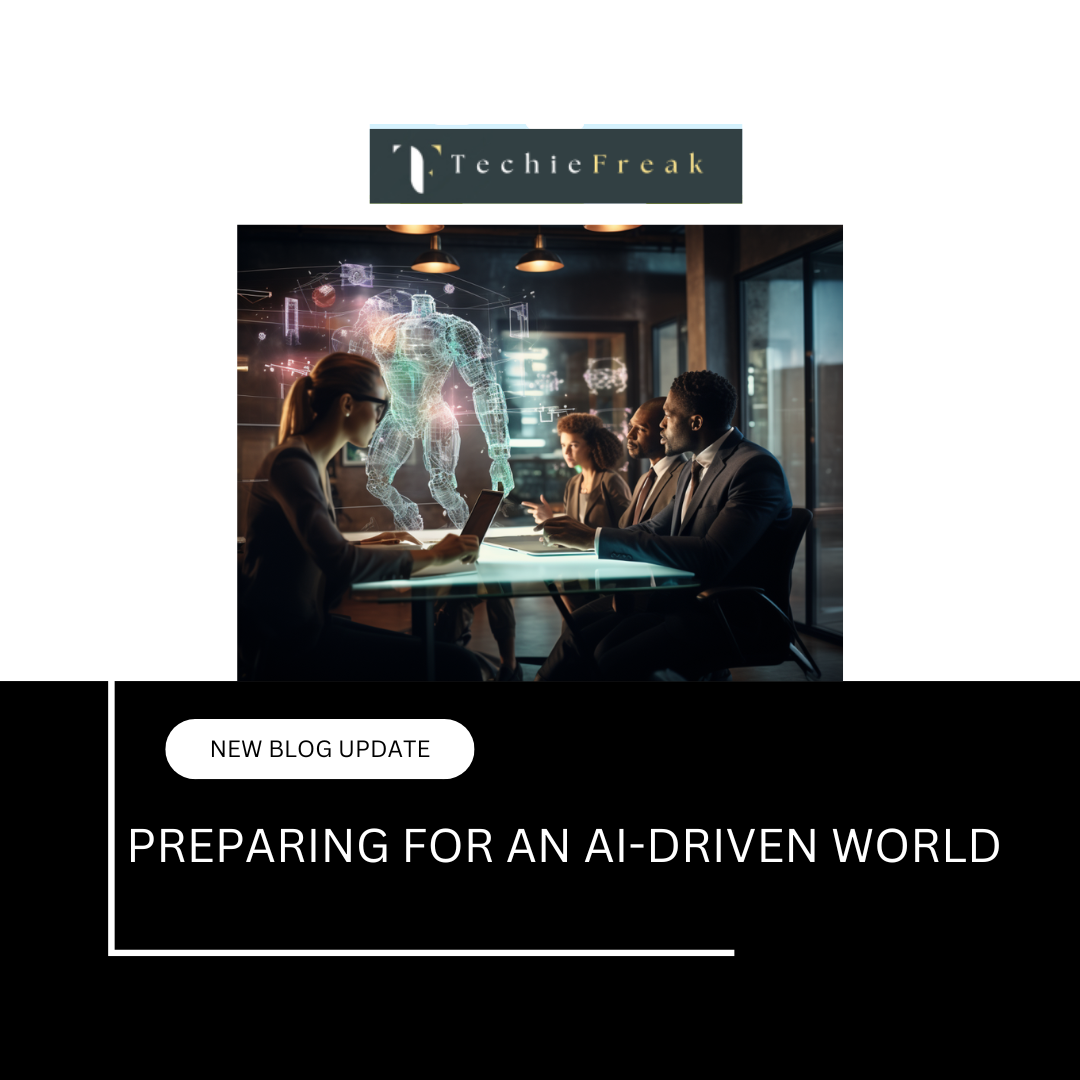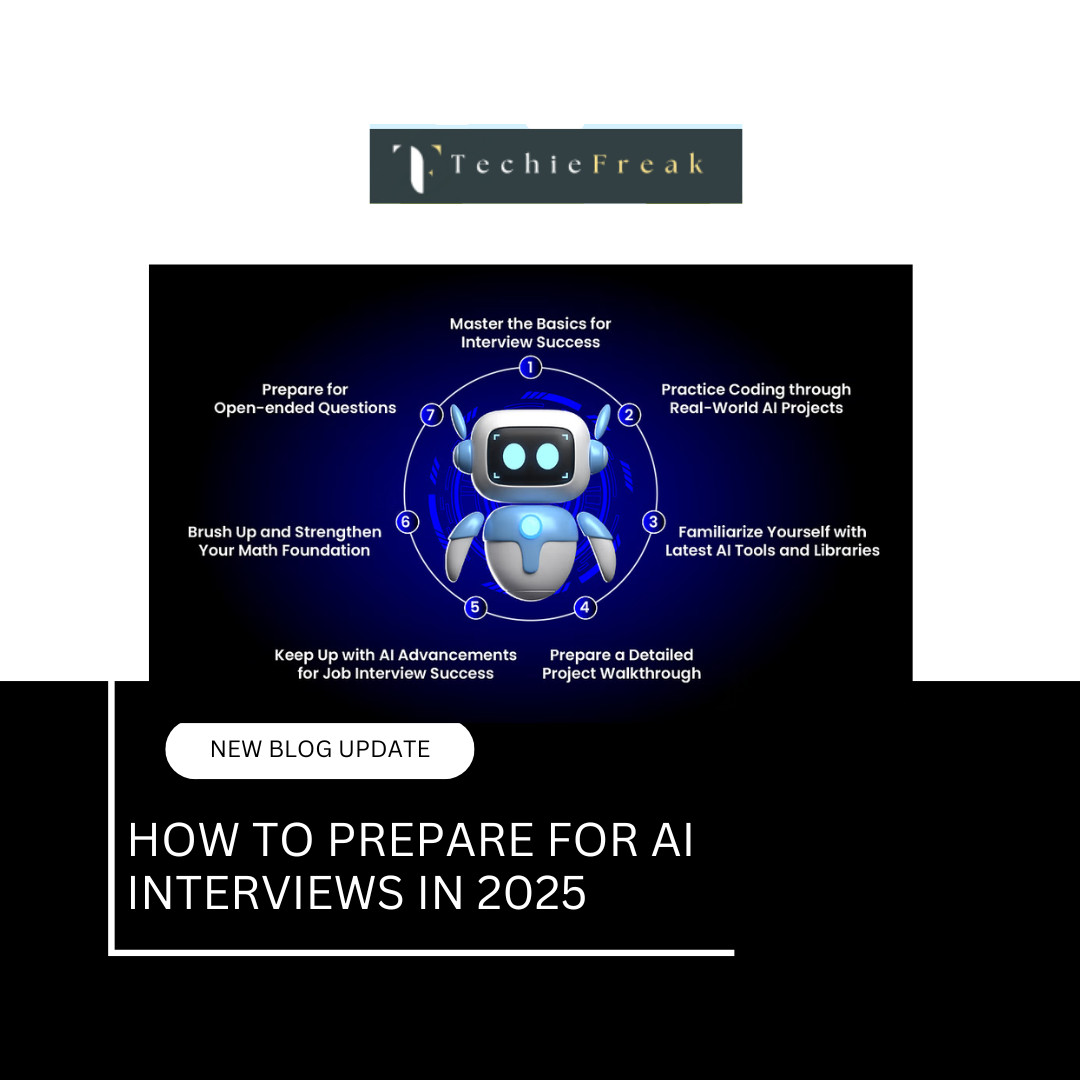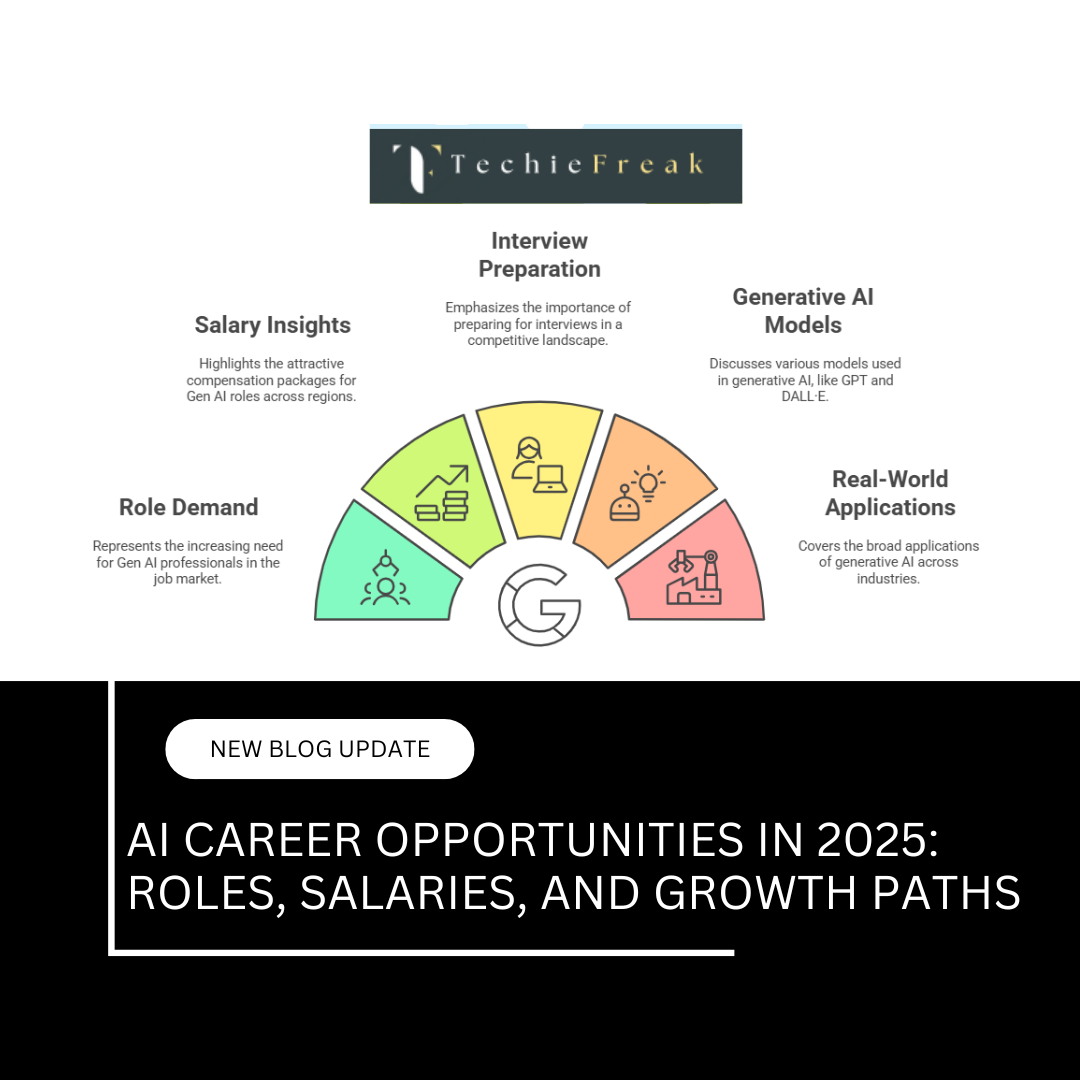Face Recognition and Tracking: How It Works and Its Applications
Introduction
Face recognition and tracking have become integral to many real-world applications, from smartphone authentication to surveillance systems. These technologies enable machines to identify and track human faces in images and videos, enhancing security, automation, and user experience.
This blog explores how face recognition and tracking work, the deep learning models involved, and practical implementations using OpenCV and Dlib.
How Face Recognition Works
Face recognition is a sophisticated multi-step process that involves detecting, extracting, and matching facial features. It is widely used in security systems, smartphone authentication, surveillance, and social media tagging. Here’s a detailed breakdown of how face recognition works:
1. Face Detection
Before recognizing a face, the system must first detect it in an image or video. Several techniques are used for face detection:
Traditional Methods:
- Haar Cascades: A machine learning-based approach that uses pre-trained classifiers to detect faces.
- HOG (Histogram of Oriented Gradients): Converts an image into gradient patterns to detect facial structures.
Deep Learning-Based Methods:
- MTCNN (Multi-task Cascaded Convolutional Neural Network): A highly accurate method that detects facial landmarks and bounding boxes.
- SSD (Single Shot Multibox Detector) & Faster R-CNN: Advanced neural network models that detect faces with high precision.
2. Feature Extraction
Once a face is detected, the system analyzes key facial features to create a unique representation. It examines:
- Distance between eyes
- Shape of the nose
- Jawline structure
- Cheekbone placement
- Skin texture and other distinct facial landmarks
These features form the facial signature, which is then transformed into a numerical representation.
3. Face Embeddings
The extracted facial features are converted into a mathematical vector using deep learning models. This process is called face embedding and helps convert high-dimensional facial images into a compact, numerical format.
Popular Face Embedding Models:
- FaceNet: One of the most accurate models, developed by Google, which generates a 128-dimensional vector for each face.
- DeepFace: A deep learning model by Facebook that maps faces into an embedding space.
- Dlib’s Face Recognition Model: Uses deep learning to generate 128-dimensional face encodings.
4. Face Matching & Identification
Once a face is converted into an embedding, it is compared with a database of known faces to find a match.
Methods for Face Matching:
- Euclidean Distance: Measures the similarity between two face embeddings. A smaller distance means a better match.
- Cosine Similarity: Determines how closely two facial vectors align in a high-dimensional space.
- Deep Learning Classifiers: Uses neural networks to classify faces based on training data.
If the similarity score is above a predefined threshold, the face is identified successfully.
Deep Learning Models for Face Recognition
Face recognition relies on AI-based deep learning models to detect, analyze, and verify facial features. These models use advanced neural networks to extract meaningful representations of faces, ensuring accurate identification across various applications such as security, surveillance, and authentication.
1. OpenCV Haar Cascades
How It Works:
- OpenCV’s Haar Cascades is a machine learning-based method for object detection, including face recognition.
- It uses pre-trained XML classifiers that contain patterns of human faces.
- The model scans an image at different scales and positions, searching for features like eyes, nose, and mouth.
Advantages:
Fast & Lightweight – Works efficiently on low-power devices.
Real-Time Detection – Can quickly detect faces in video streams.
No Training Required – Uses pre-trained classifiers.
Limitations:
Less Accurate – May struggle with varying lighting, occlusions, and pose variations.
Limited to Face Detection – Cannot generate numerical face embeddings for recognition.
Best For:
- Basic face detection in real-time applications (e.g., webcams, CCTV).
- Mobile and embedded systems with limited computing power.
2. Dlib Face Recognition
How It Works:
- Dlib offers a deep metric learning model that maps faces into a 128-dimensional space using a CNN (Convolutional Neural Network).
- Uses HOG + SVM (Histogram of Oriented Gradients + Support Vector Machine) or CNN-based approaches for feature extraction.
- The extracted features (face embeddings) are compared using Euclidean distance to recognize identities.
Advantages:
High Accuracy – Performs well even in varying lighting and angles.
Works with Small Datasets – Unlike deep learning models requiring massive data, Dlib can perform well with fewer samples.
Robust to Occlusions – Detects and recognizes faces even with partial obstructions.
Limitations:
Slower than OpenCV Haar Cascades – Due to deep learning computations.
Requires Computational Power – Works best on GPUs or high-performance CPUs.
Best For:
- Attendance Systems – Used in schools, offices, and secured buildings.
- Security & Surveillance – Monitoring individuals in restricted areas.
- Facial Authentication – Identity verification in banking and login systems.
3. FaceNet
How It Works:
- Developed by Google, FaceNet transforms facial images into 128-dimensional embeddings for identity recognition.
- Uses Triplet Loss Function, which ensures that faces of the same person have embeddings closer together while keeping embeddings of different people far apart.
- Unlike traditional classifiers, FaceNet focuses on face similarity, making it ideal for large-scale applications.
Advantages:
Highly Accurate – Achieves near-human performance on facial verification tasks.
Scalable for Large Databases – Works efficiently for databases with millions of identities.
Compact Representations – Uses 128-dimensional vectors, reducing computational load.
Limitations:
Computationally Expensive – Requires GPUs or cloud-based AI models for real-time processing.
Needs Large Training Data – Performance improves with a vast dataset of labeled faces.
Best For:
- High-Security Authentication – Used in government, military, and financial institutions.
- Large-Scale Recognition Systems – Airports, border control, and law enforcement.
- Social Media Tagging – Facebook, Google Photos, and Instagram use similar models for auto-tagging.
Comparison Table of Face Recognition Models
| Model | Accuracy | Speed | Computational Requirement | Best Use Case |
|---|---|---|---|---|
| OpenCV Haar Cascades | Low | Fast | Low (CPU) | Real-time detection on low-end devices |
| Dlib Face Recognition | High | Moderate | Moderate (CPU/GPU) | Attendance systems, security applications |
| FaceNet | Very High | Slow | High (GPU/Cloud) | Large-scale authentication, high-security systems |
Face Tracking using OpenCV
Face tracking involves continuously detecting and following a face in a video stream. OpenCV provides robust solutions for real-time tracking:
Steps to Implement Face Tracking
- Load the pre-trained face detection model (Haar Cascades/DNN).
- Detect faces in each video frame.
- Use a tracking algorithm (e.g., KCF, MOSSE, or CSRT) to follow the face's movement.
- Update bounding boxes in real-time to maintain accuracy.
Code Example: Face Tracking using OpenCV
import cv2
# Load Haar Cascade classifier
detector = cv2.CascadeClassifier(cv2.data.haarcascades + 'haarcascade_frontalface_default.xml')
# Initialize video capture
cap = cv2.VideoCapture(0)
while True:
ret, frame = cap.read()
if not ret:
break
gray = cv2.cvtColor(frame, cv2.COLOR_BGR2GRAY)
faces = detector.detectMultiScale(gray, 1.3, 5)
for (x, y, w, h) in faces:
cv2.rectangle(frame, (x, y), (x + w, y + h), (0, 255, 0), 3)
cv2.imshow('Face Tracking', frame)
if cv2.waitKey(1) & 0xFF == ord('q'):
break
cap.release()
cv2.destroyAllWindows()
FaceNet for Face Recognition
Best For: High-accuracy deep learning-based face recognition.
✅ Pros: Works on deep embeddings, highly accurate.
❌ Cons: Requires a pre-trained model, needs a GPU for fast processing.
How FaceNet Works?
- Converts faces into 128-dimensional embeddings.
- Compares these embeddings using cosine similarity.
- Uses a pre-trained model (e.g., facenet_keras.h5).
Implementation using FaceNet
import cv2
import numpy as np
from tensorflow.keras.models import load_model
from mtcnn import MTCNN
from scipy.spatial.distance import cosine
# Load pre-trained FaceNet model
facenet = load_model("facenet_keras.h5")
# Load MTCNN for face detection
detector = MTCNN()
def preprocess_face(img):
img = cv2.resize(img, (160, 160)) # Resize to model input size
img = img.astype("float32") / 255.0 # Normalize
img = np.expand_dims(img, axis=0) # Expand dimensions for FaceNet
return img
def get_embedding(face_pixels):
face_pixels = preprocess_face(face_pixels)
return facenet.predict(face_pixels)[0] # Extract face embedding
# Load known face and compute embedding
known_img = cv2.imread("known_face.jpg")
known_face = detector.detect_faces(known_img)[0]["box"]
x, y, w, h = known_face
known_embedding = get_embedding(known_img[y:y+h, x:x+w])
cap = cv2.VideoCapture(0)
while True:
ret, frame = cap.read()
faces = detector.detect_faces(frame)
for face in faces:
x, y, w, h = face["box"]
face_img = frame[y:y+h, x:x+w]
embedding = get_embedding(face_img)
similarity = cosine(known_embedding, embedding) # Compare with known face
if similarity < 0.5: # Threshold for recognition
label = "Recognized"
else:
label = "Unknown"
cv2.rectangle(frame, (x, y), (x + w, y + h), (0, 255, 0), 2)
cv2.putText(frame, label, (x, y - 10), cv2.FONT_HERSHEY_SIMPLEX, 0.5, (0, 255, 0), 2)
cv2.imshow("Face Recognition - FaceNet", frame)
if cv2.waitKey(1) & 0xFF == ord("q"):
break
cap.release()
cv2.destroyAllWindows()
Use Case: High-accuracy biometric systems (Face ID, surveillance, authentication).
dlib for Face Recognition
Best For: Fast and lightweight face recognition using HOG + CNN.
✅ Pros: Works on CPU, good for real-time tracking.
❌ Cons: Slightly less accurate than FaceNet.
How dlib Works?
- Detects faces using HOG (Histogram of Oriented Gradients) or CNN.
- Generates 128-dimensional face embeddings.
- Compares embeddings using Euclidean distance.
Implementation using dlib
import cv2
import dlib
import numpy as np
# Load pre-trained models
detector = dlib.get_frontal_face_detector()
sp = dlib.shape_predictor("shape_predictor_68_face_landmarks.dat")
face_rec_model = dlib.face_recognition_model_v1("dlib_face_recognition_resnet_model_v1.dat")
# Load known image and compute embedding
known_img = cv2.imread("known_face.jpg")
known_faces = detector(known_img)
if len(known_faces) > 0:
shape = sp(known_img, known_faces[0])
known_embedding = np.array(face_rec_model.compute_face_descriptor(known_img, shape))
cap = cv2.VideoCapture(0)
while True:
ret, frame = cap.read()
faces = detector(frame)
for face in faces:
shape = sp(frame, face)
embedding = np.array(face_rec_model.compute_face_descriptor(frame, shape))
distance = np.linalg.norm(known_embedding - embedding) # Compare embeddings
if distance < 0.6: # Threshold for recognition
label = "Recognized"
else:
label = "Unknown"
x1, y1, x2, y2 = (face.left(), face.top(), face.right(), face.bottom())
cv2.rectangle(frame, (x1, y1), (x2, y2), (0, 255, 0), 2)
cv2.putText(frame, label, (x1, y1 - 10), cv2.FONT_HERSHEY_SIMPLEX, 0.5, (0, 255, 0), 2)
cv2.imshow("Face Recognition - dlib", frame)
if cv2.waitKey(1) & 0xFF == ord("q"):
break
cap.release()
cv2.destroyAllWindows()
Use Case: Lightweight face recognition for real-time applications.
Applications of Face Recognition and Tracking
Face recognition and tracking are used in numerous industries:
1. Security & Surveillance
- Law enforcement agencies use it to identify suspects in real-time.
- Smart security cameras track movement and alert on unauthorized access.
2. Smartphones & Devices
- Face unlock features in smartphones and laptops.
- Personalized user experiences based on face recognition.
3. Attendance Systems
- Automated attendance tracking in schools and offices.
- Eliminates the need for manual entry, reducing fraud.
4. Retail & Marketing
- AI-driven systems analyze customer demographics in stores.
- Personalized advertisements based on facial recognition.
Key Takeaways
Face recognition and tracking are transforming multiple sectors, from security to personalized experiences. With deep learning advancements and powerful frameworks like OpenCV, Dlib, and FaceNet, these technologies continue to improve in accuracy and efficiency.
Implementing face recognition in real-world applications requires an understanding of different algorithms, models, and ethical considerations such as privacy and data protection. As technology evolves, we can expect even more seamless and secure face recognition systems in the future.
.png)


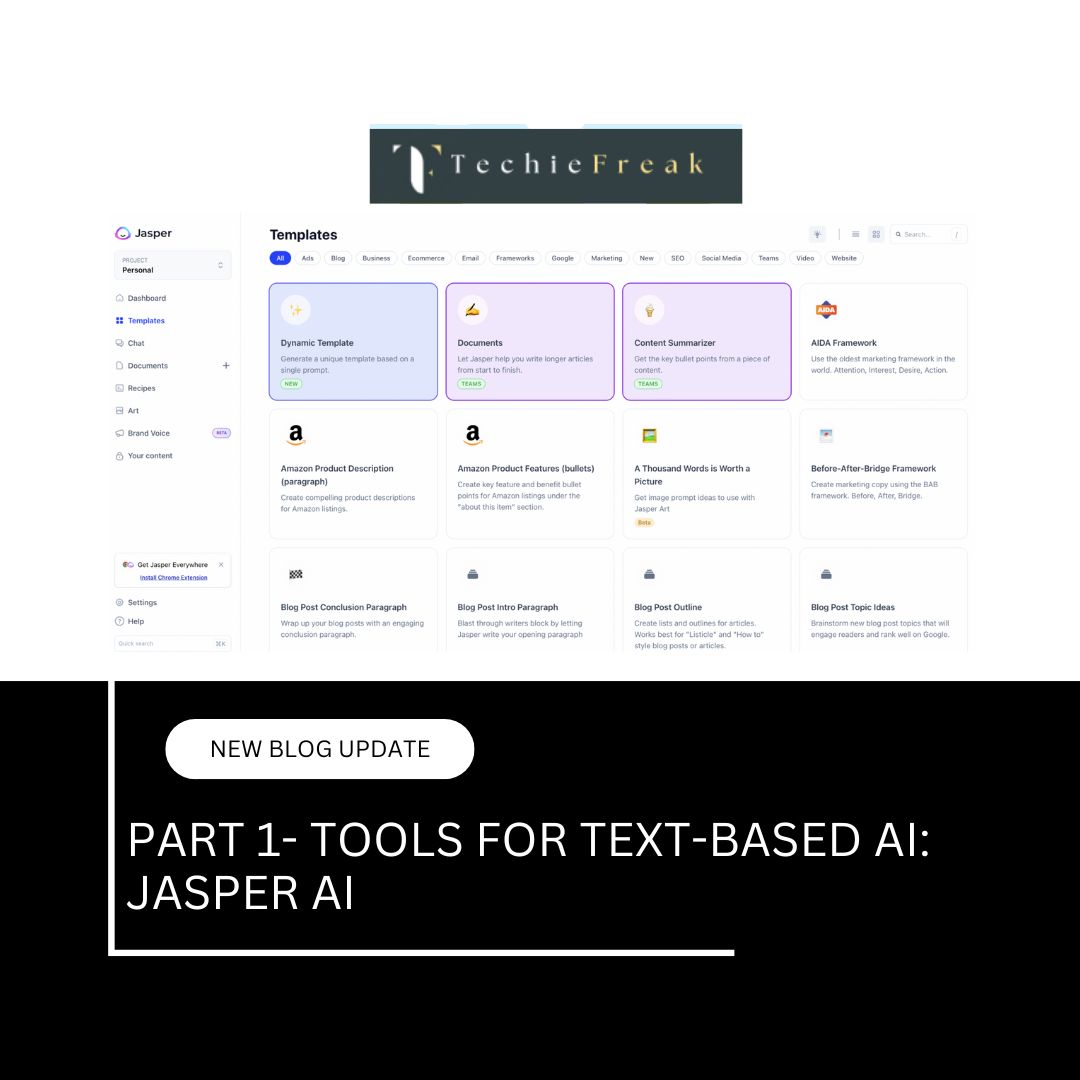
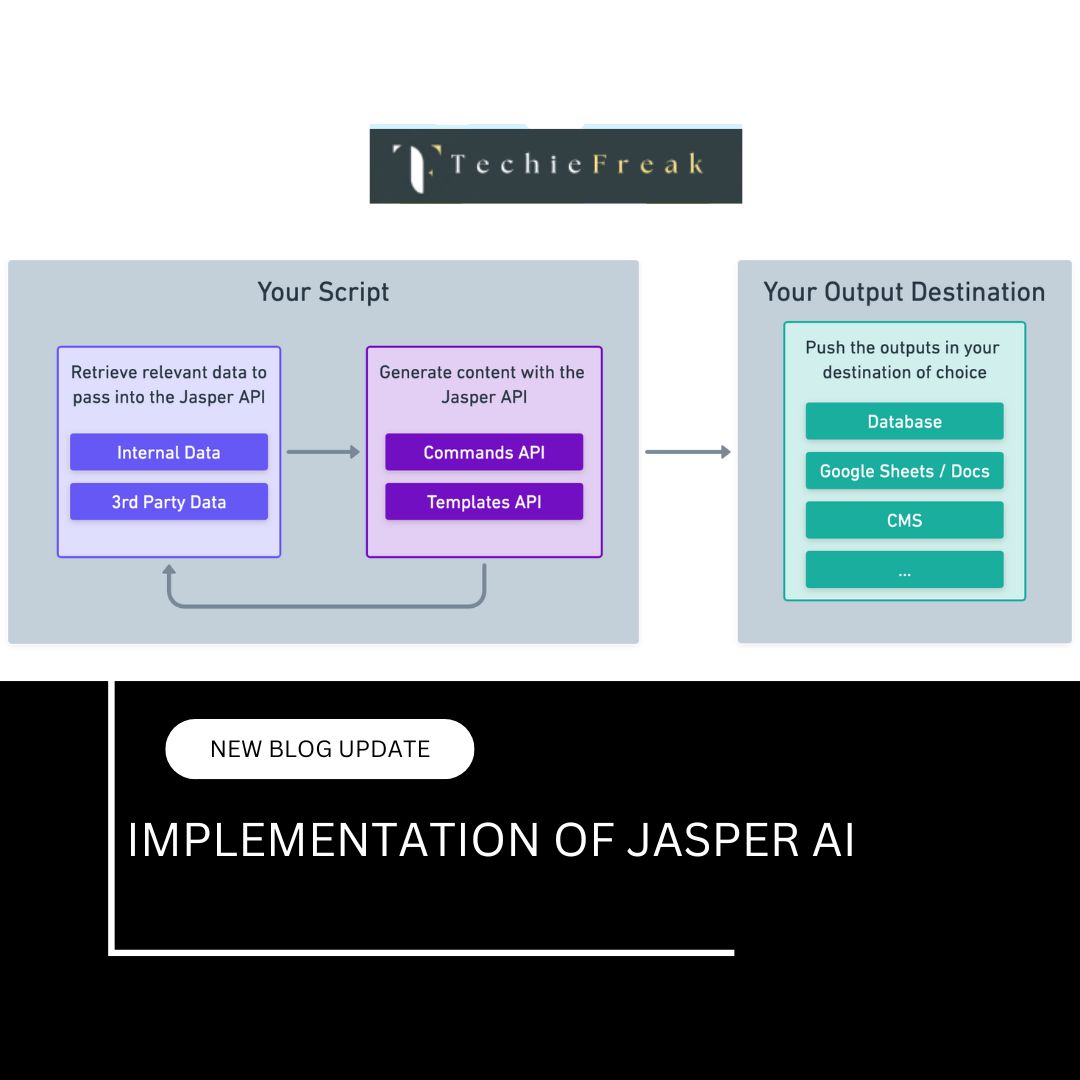
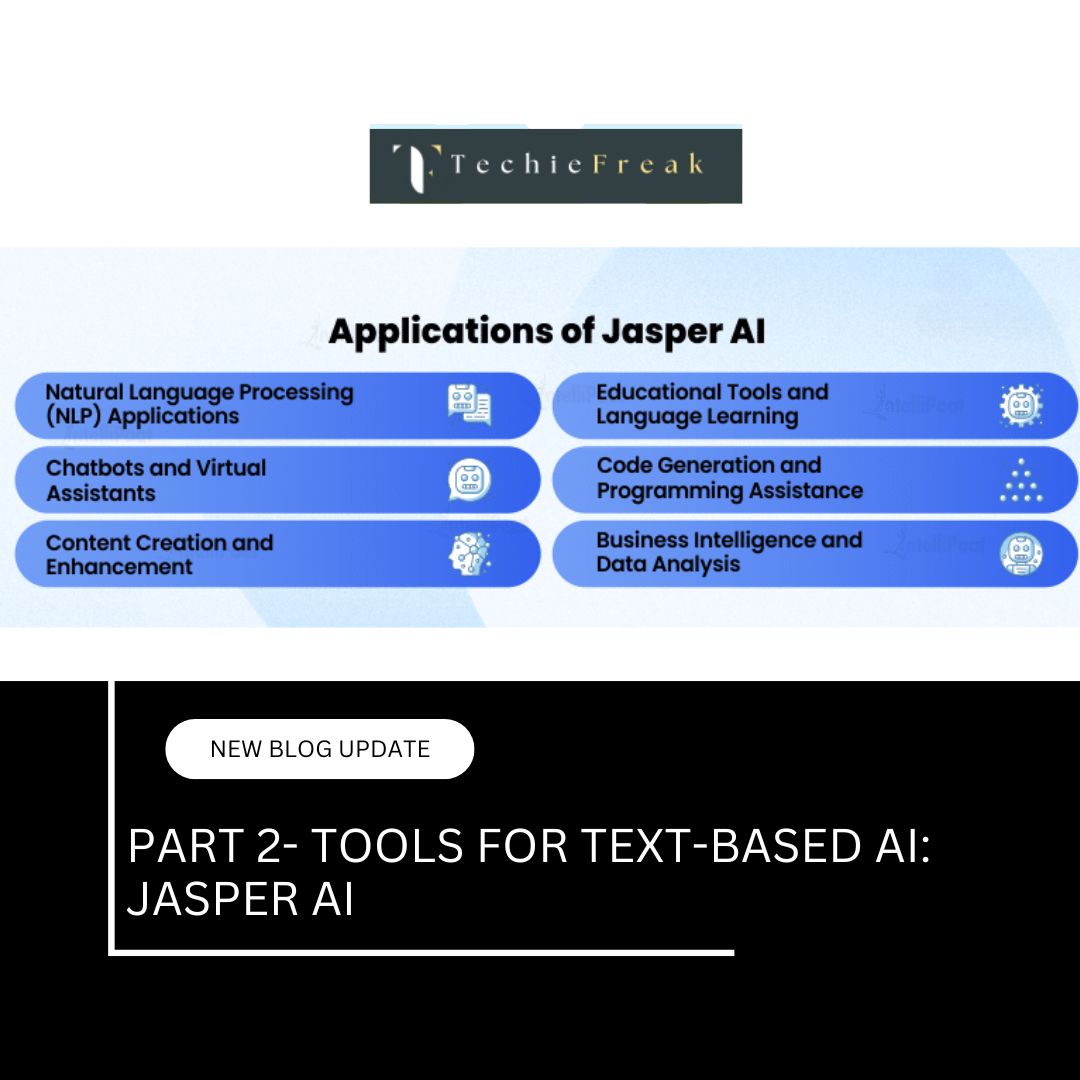

.jpg)
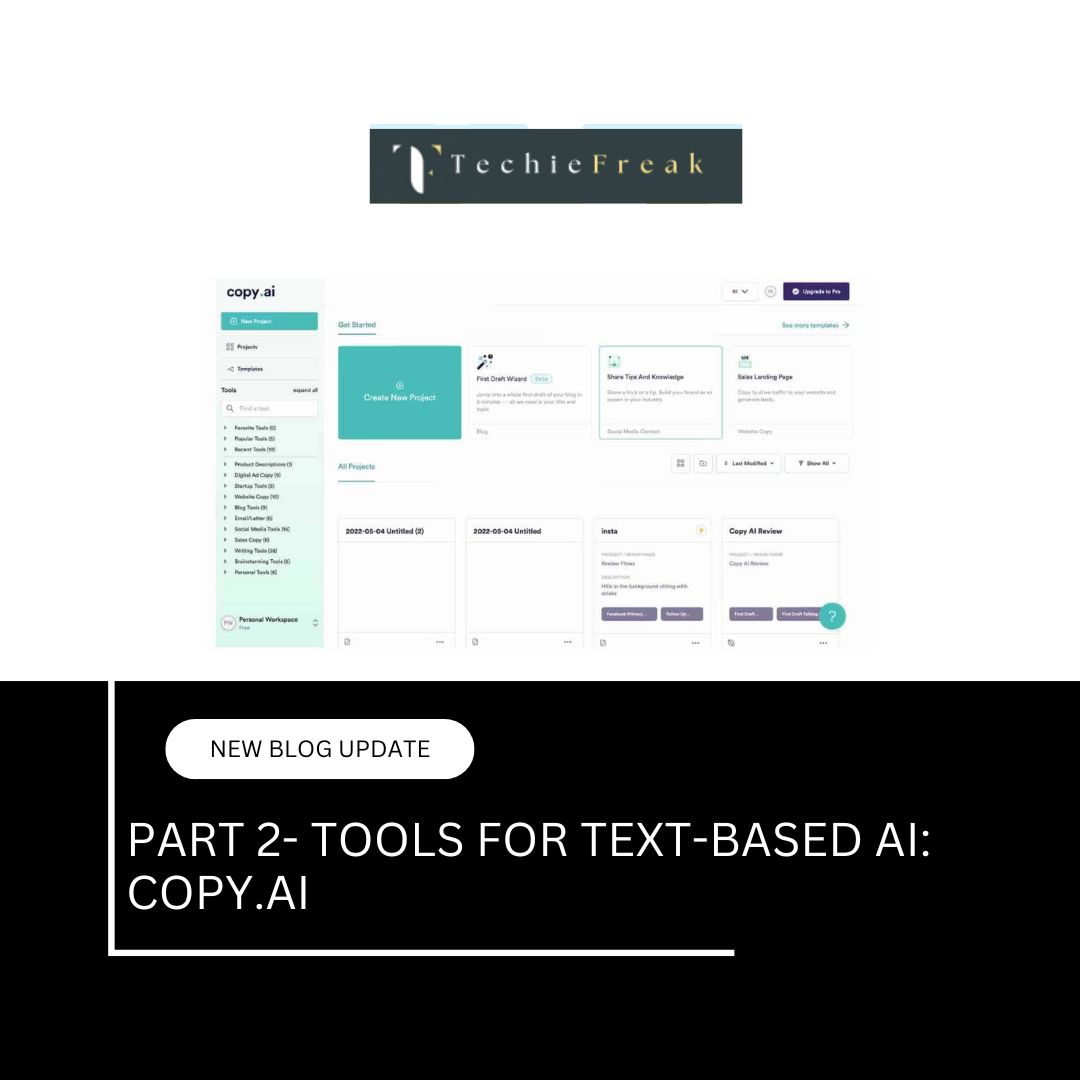
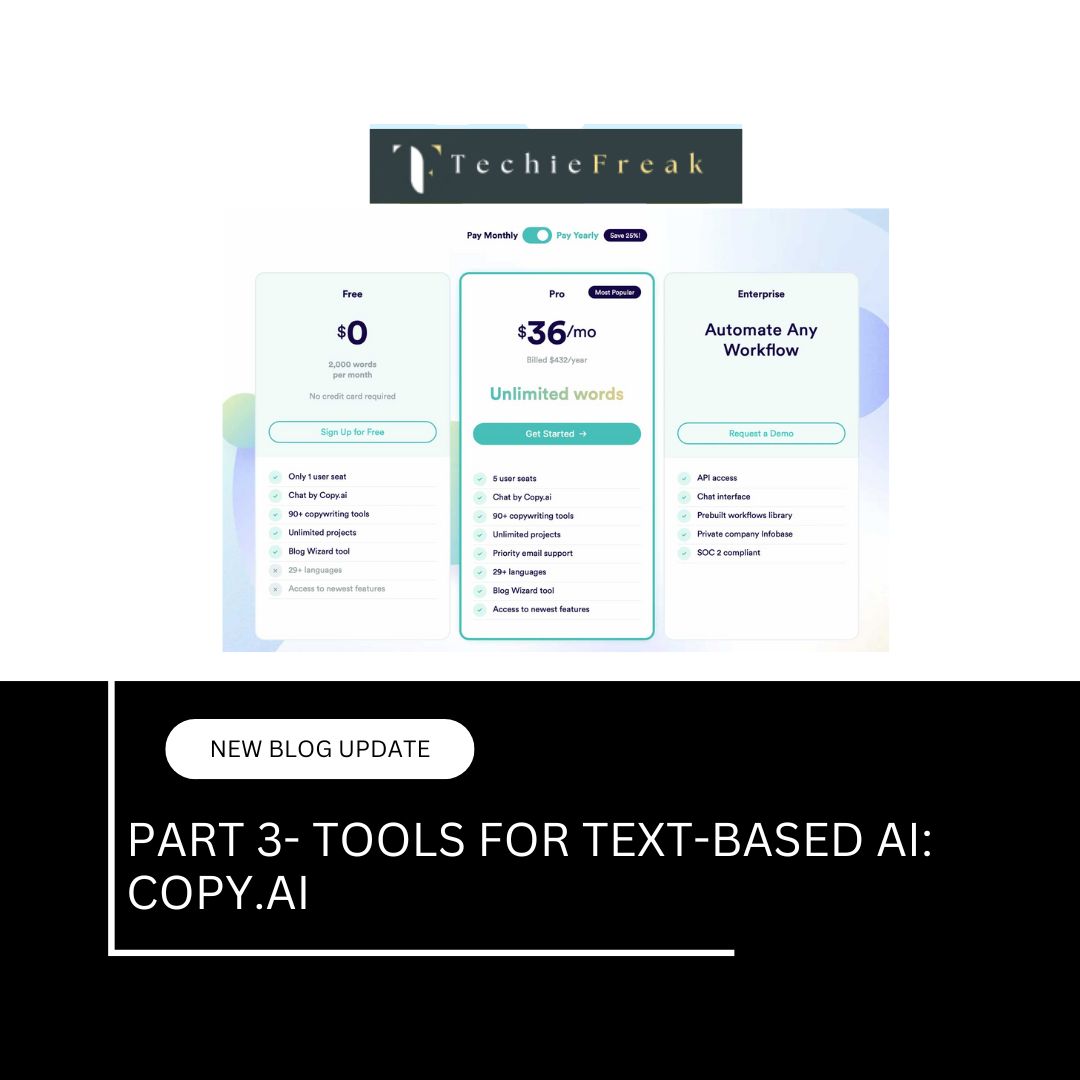





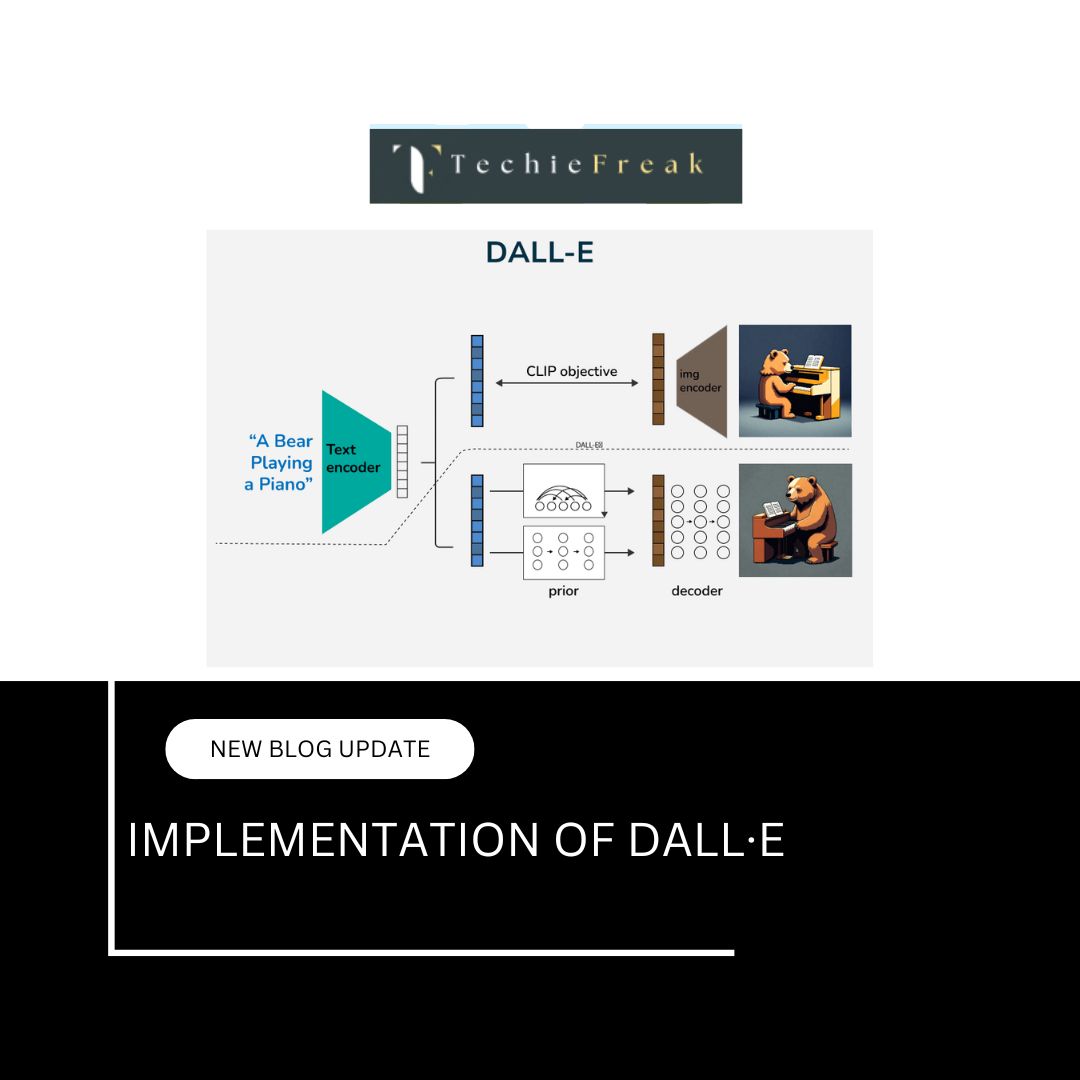


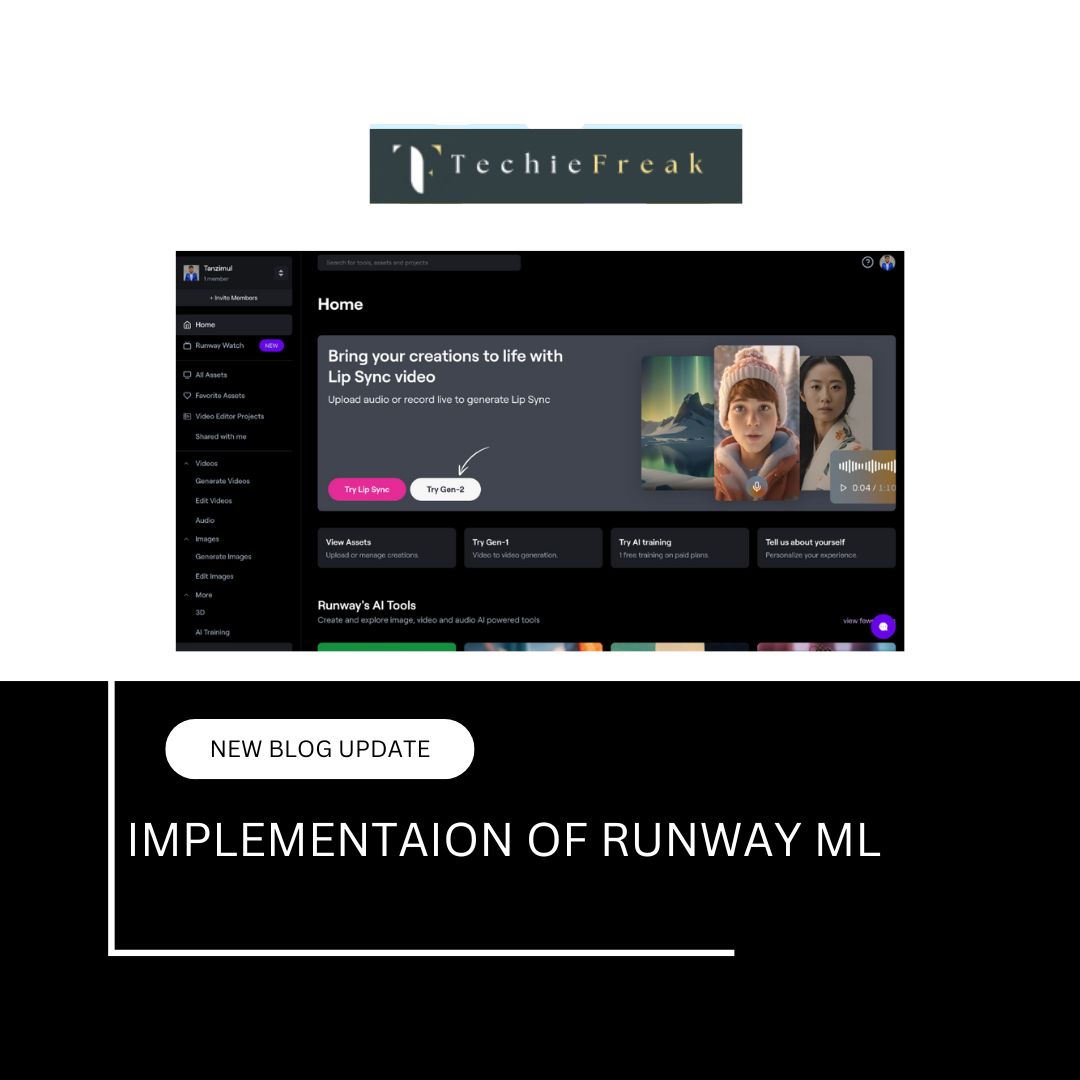



.jpg)


.png)
.png)
.png)
.png)
.png)
.png)
.png)
.png)
.png)
.png)
.png)
.png)
.png)
.png)
.png)
.png)
.png)
.png)
.png)
.png)
.png)
.png)
.png)
.png)
.png)
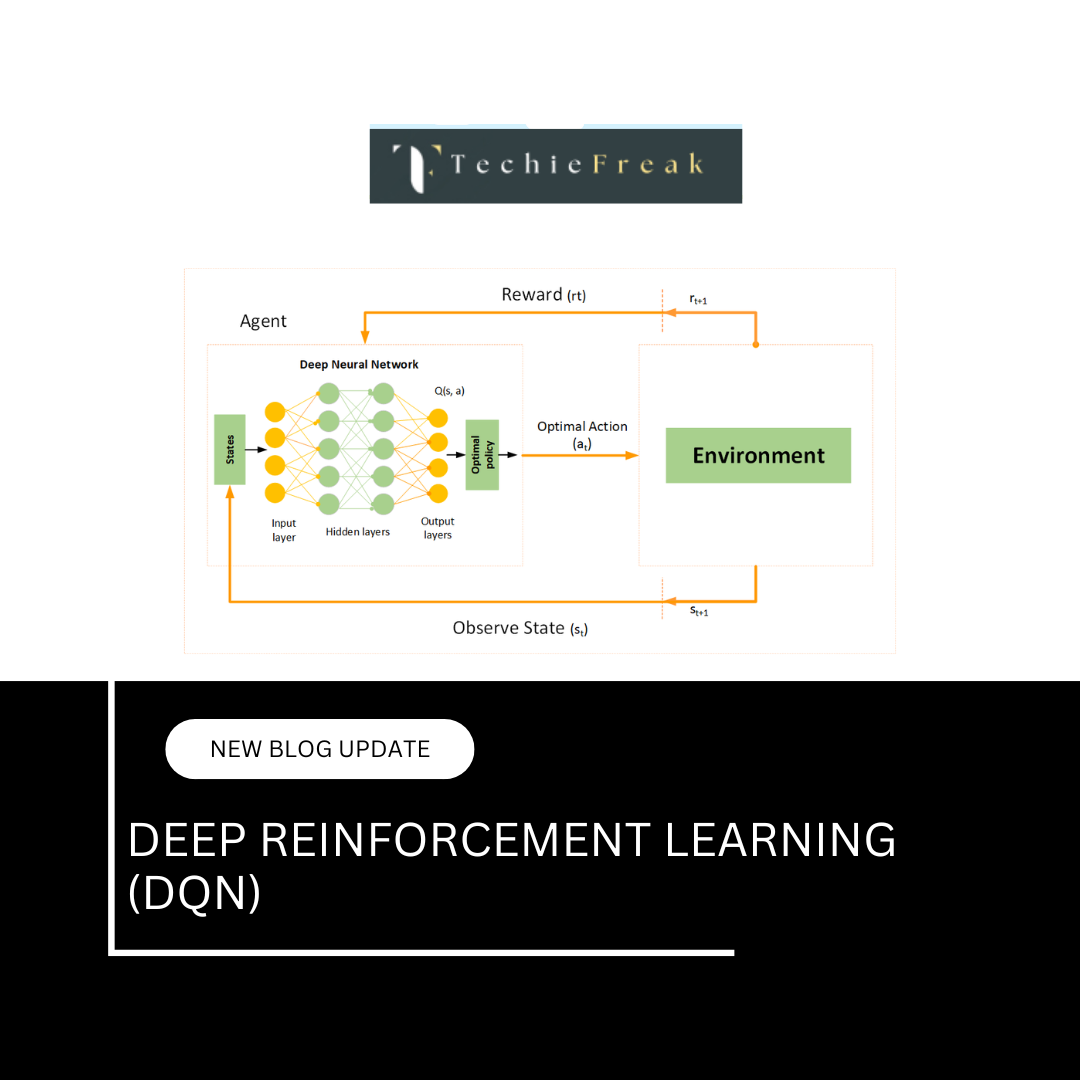
.png)
.png)
.png)
.png)
.png)
.png)

.png)


